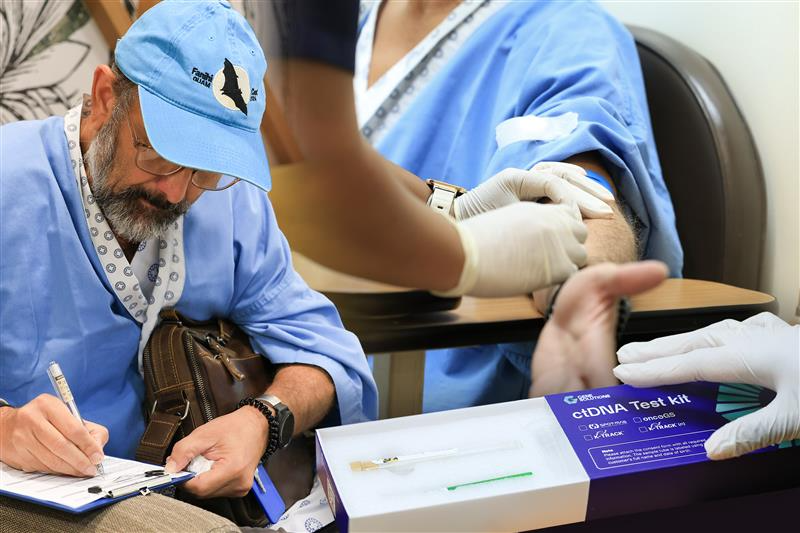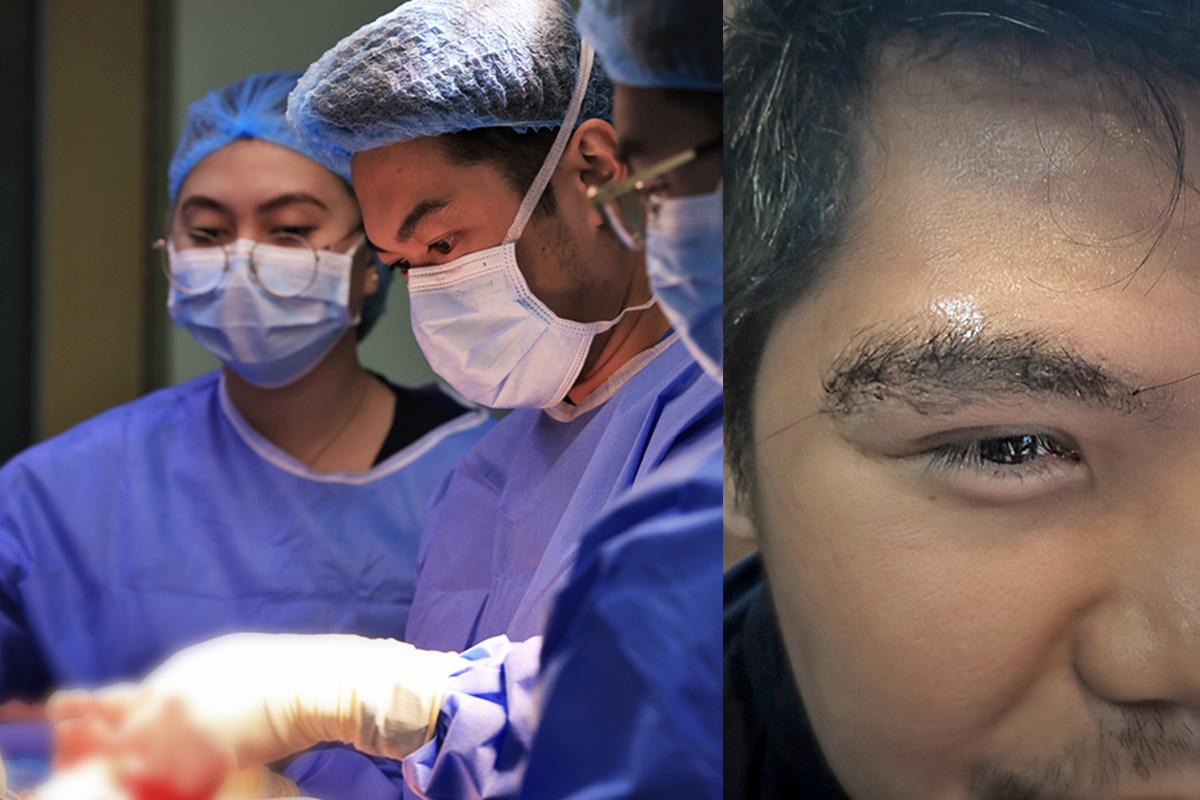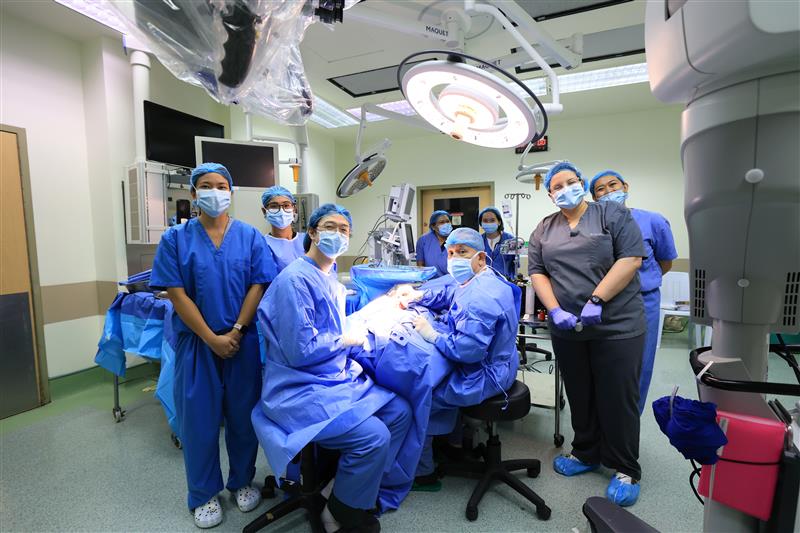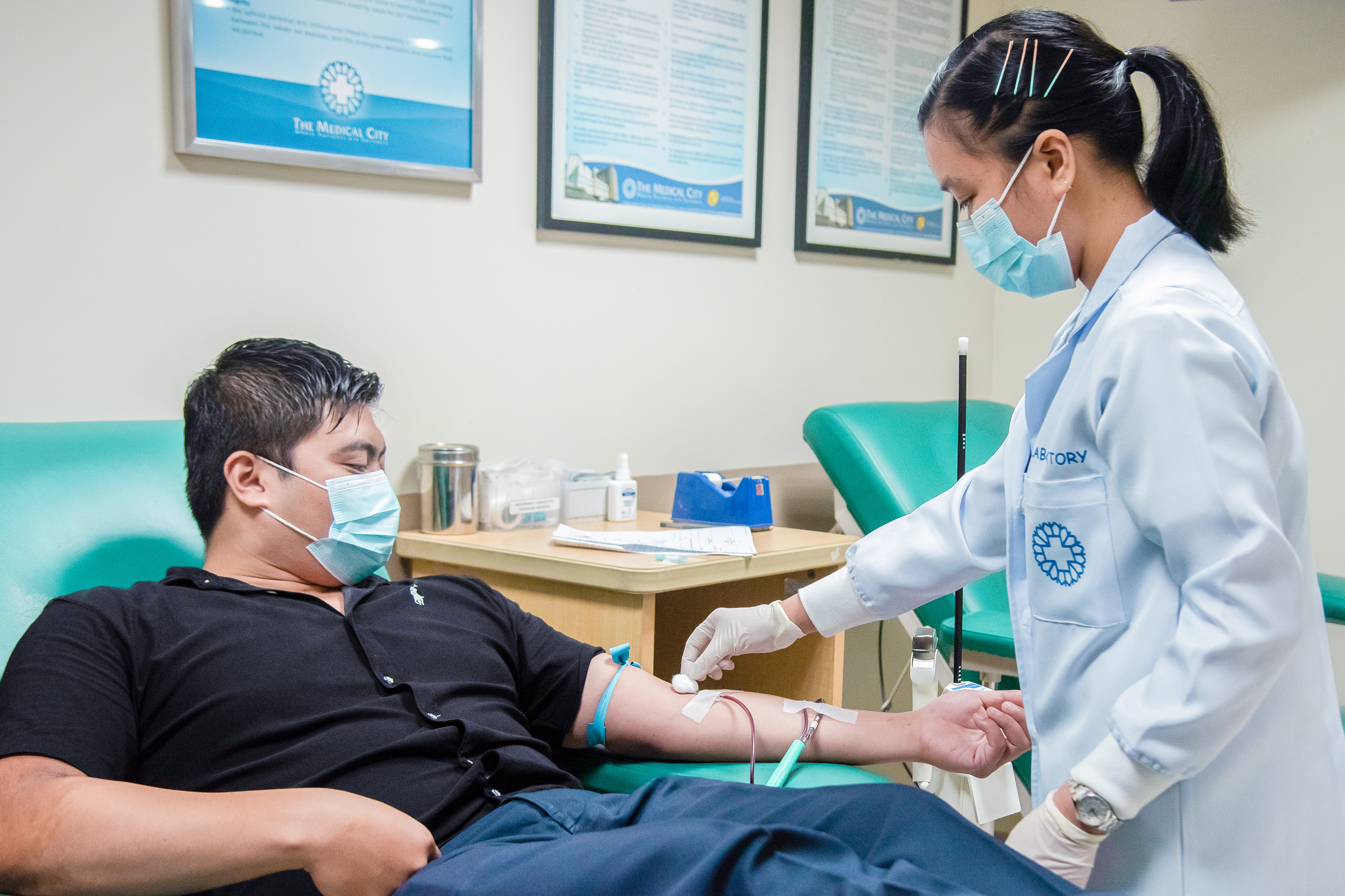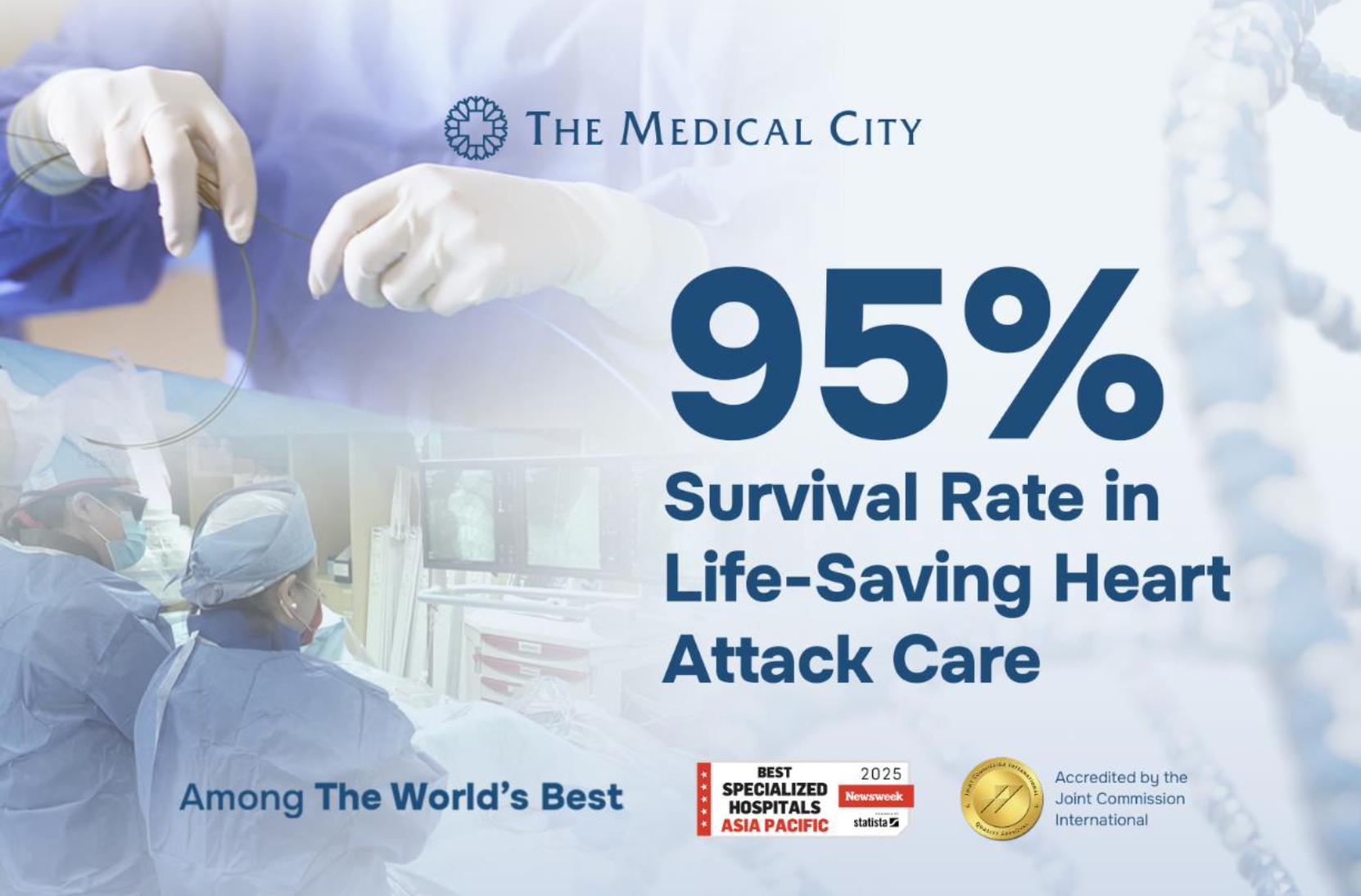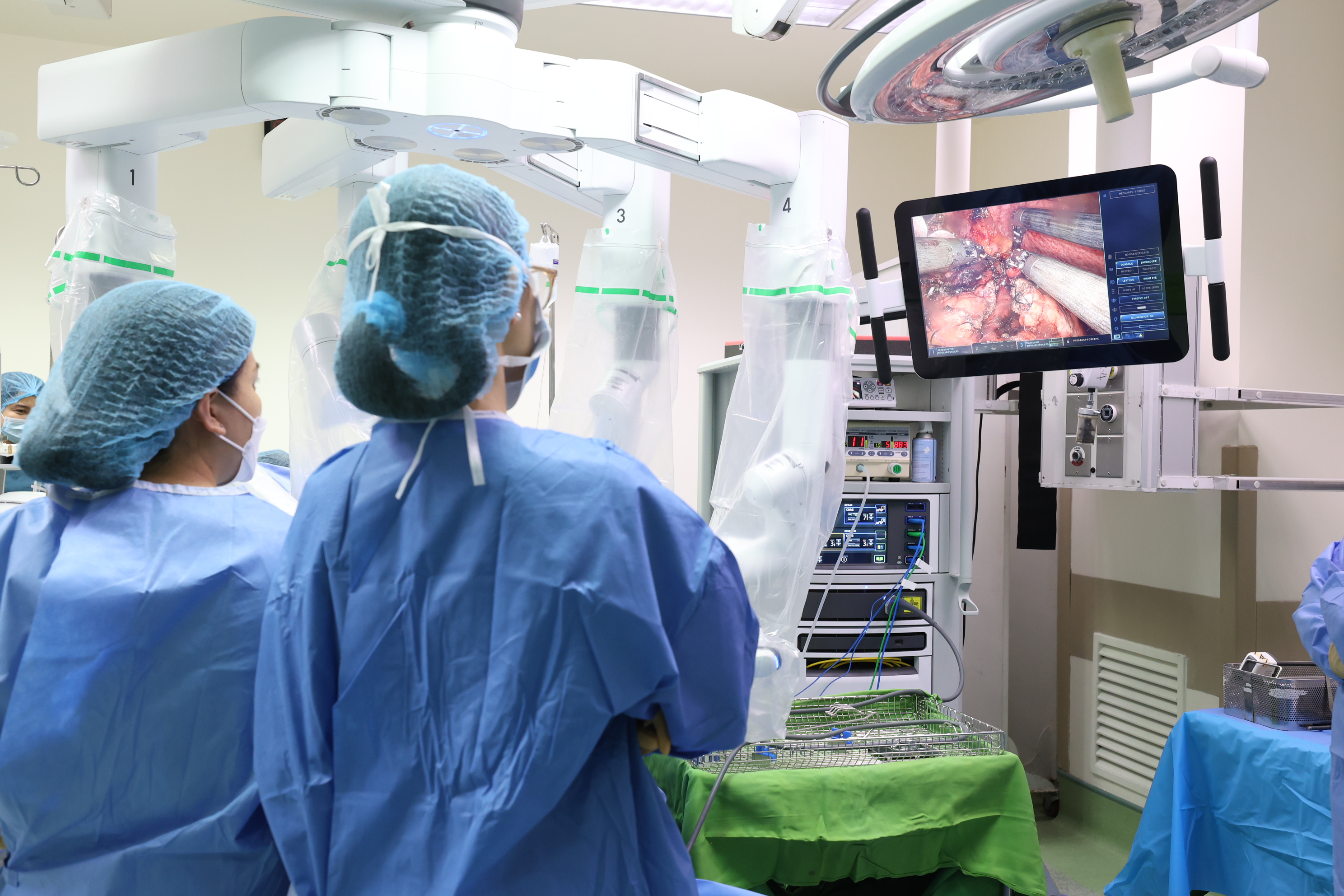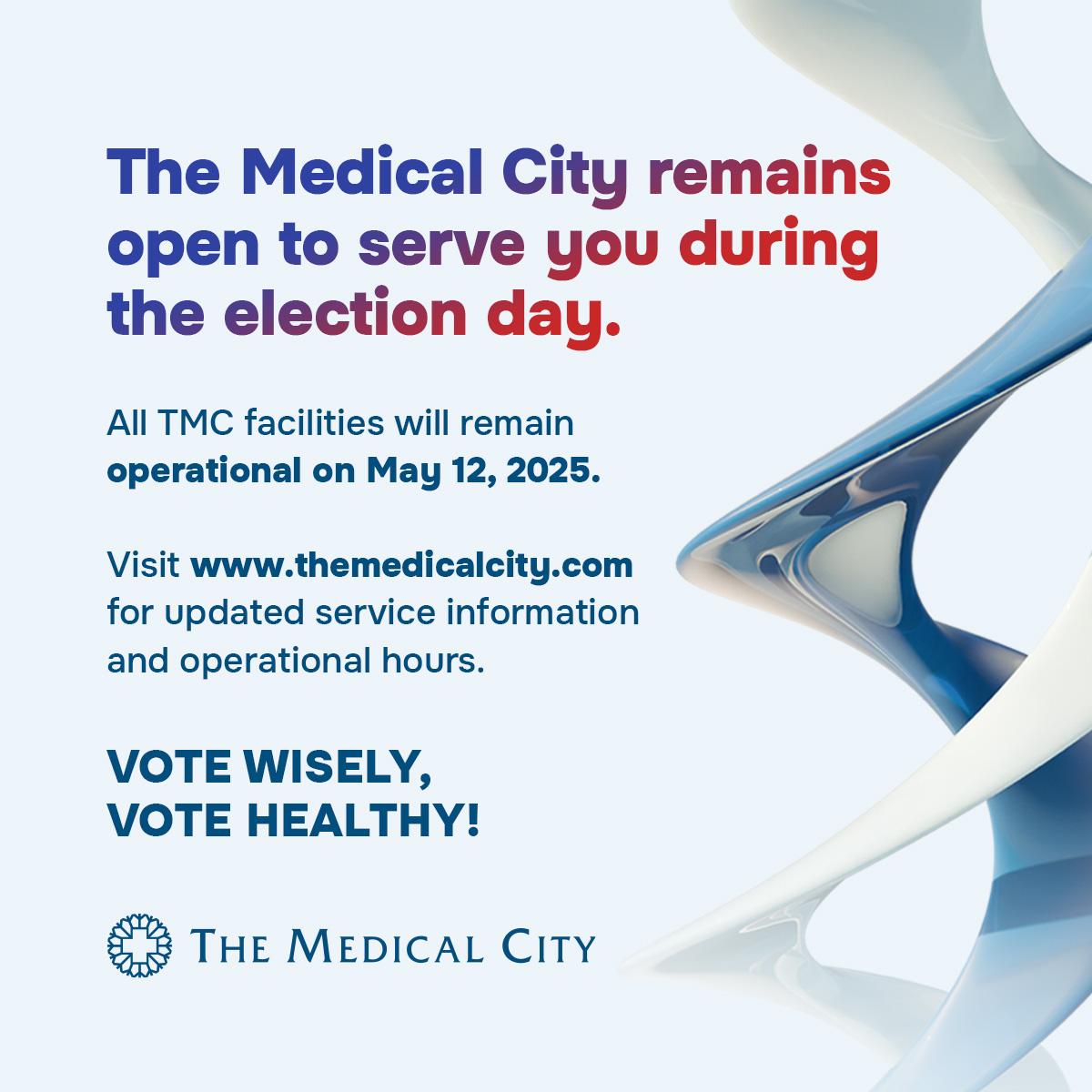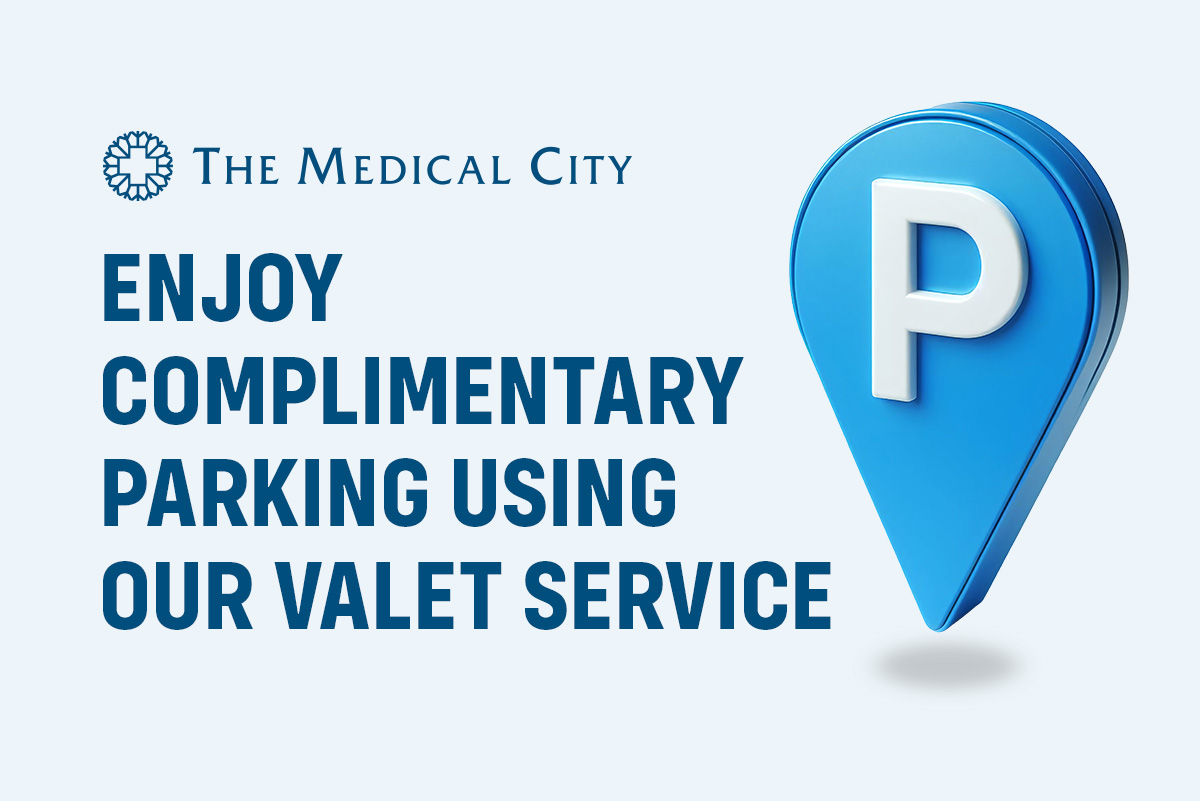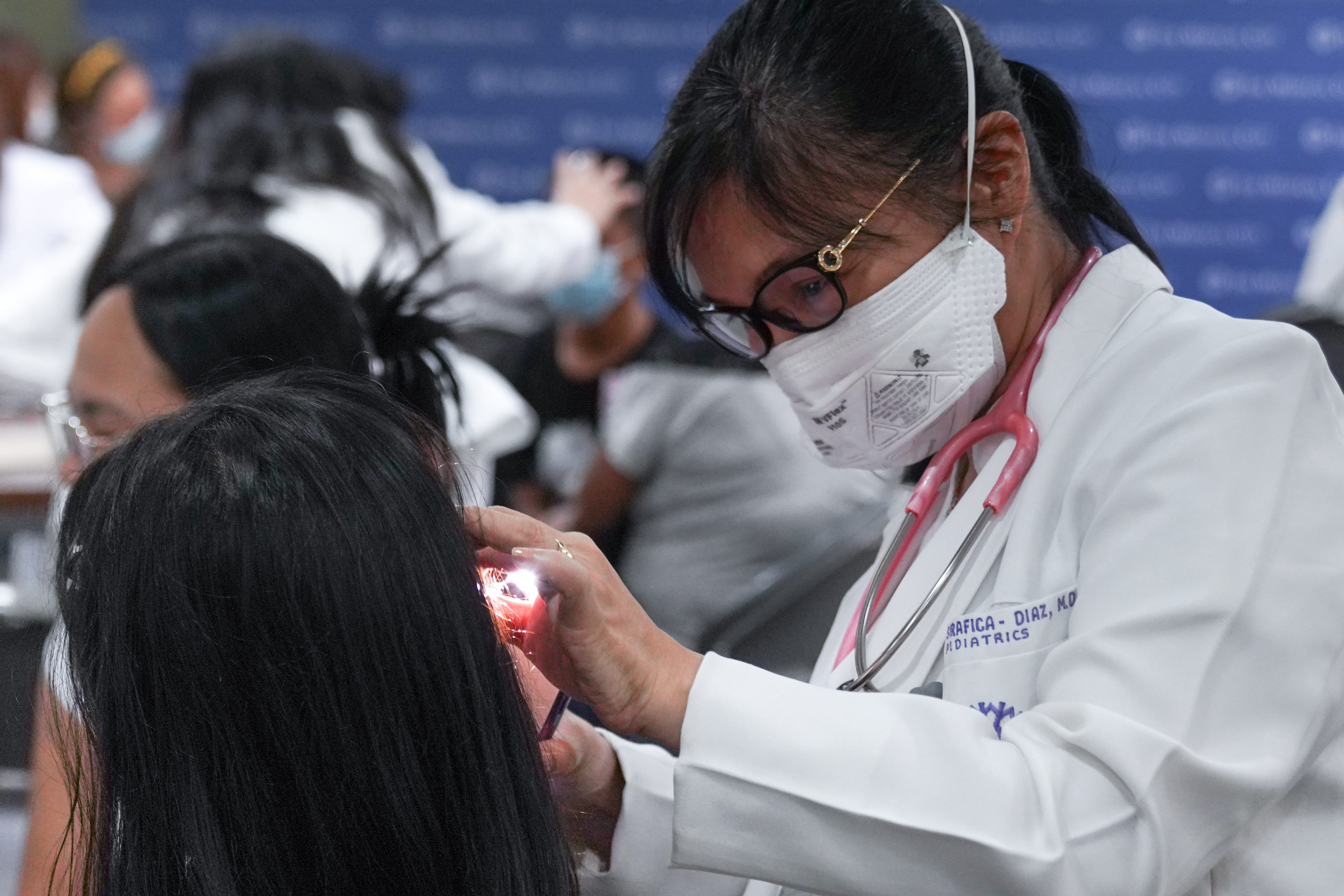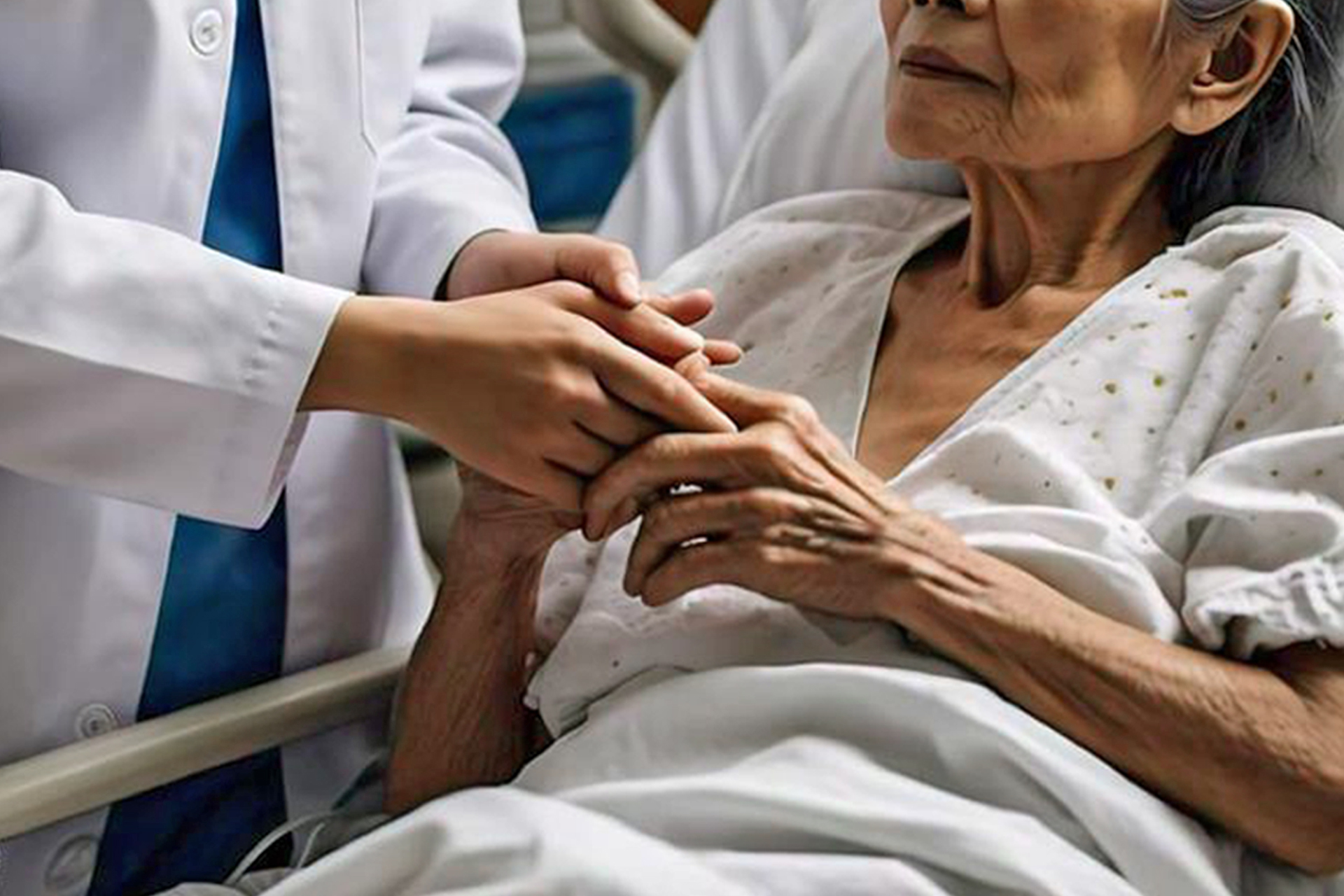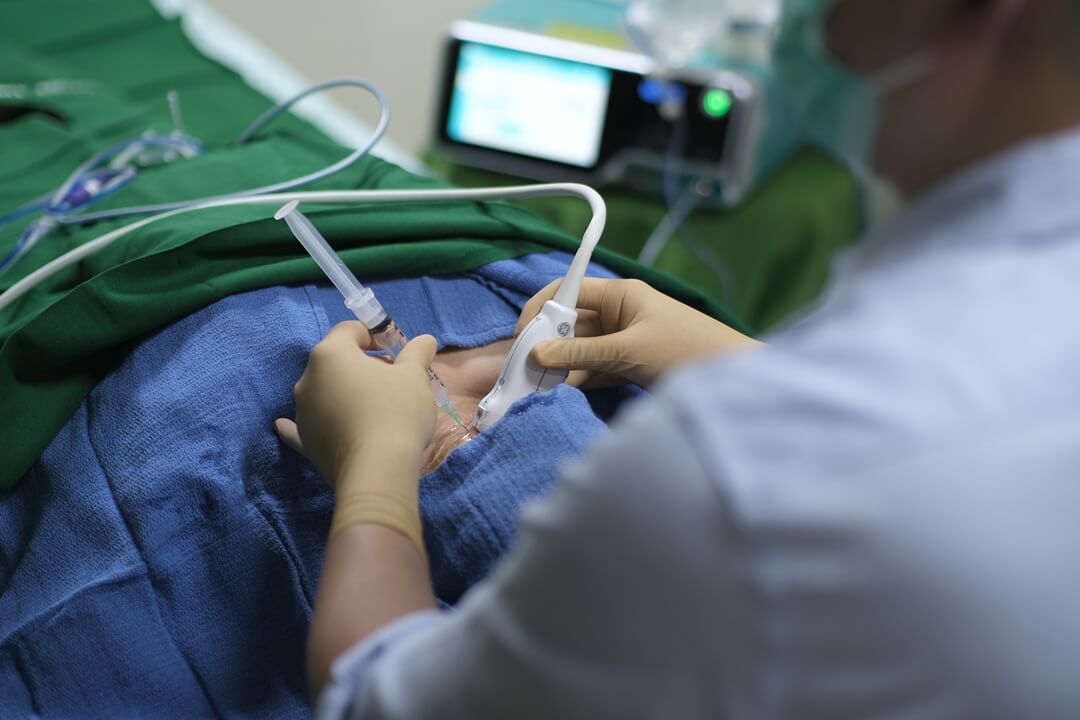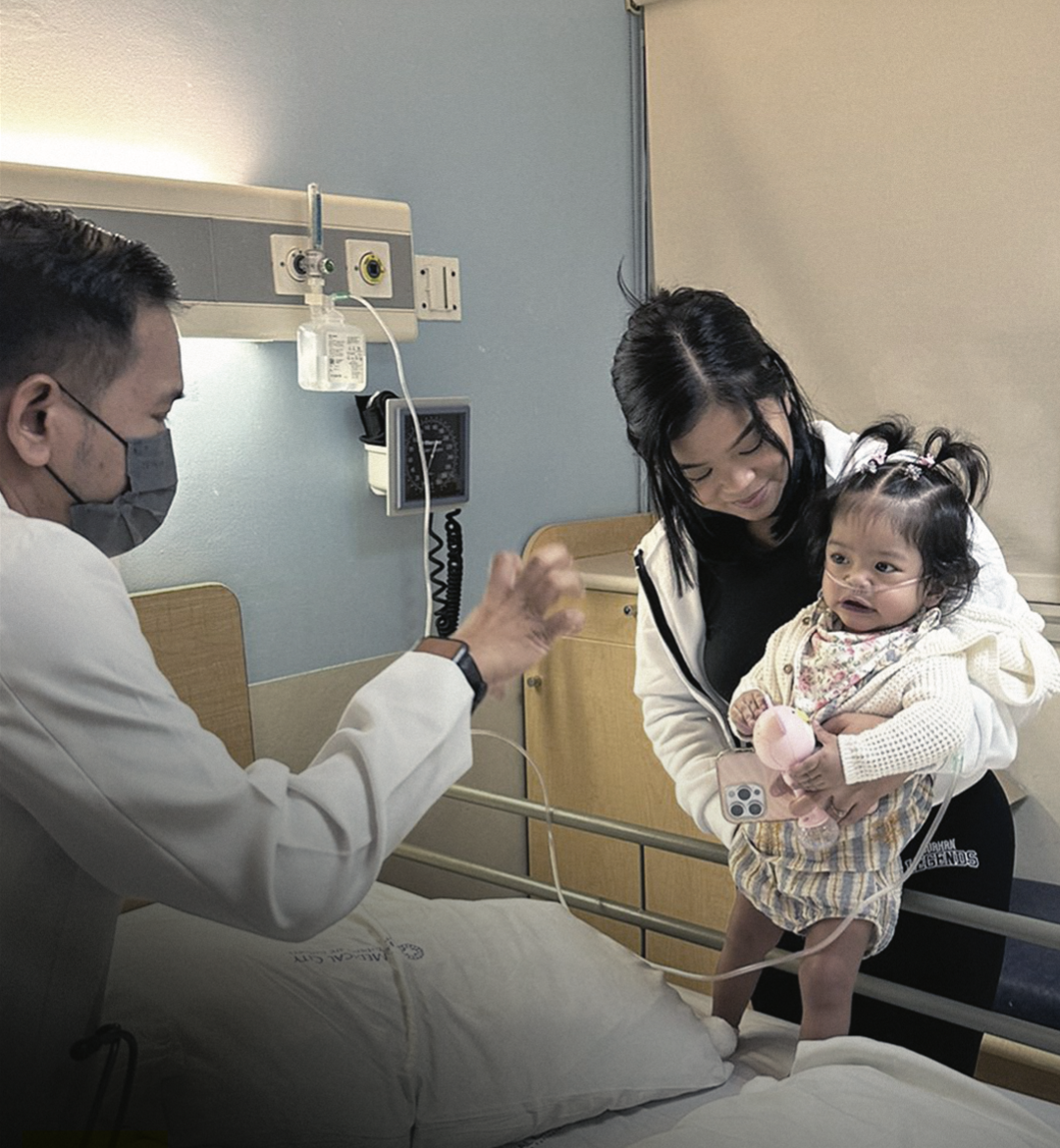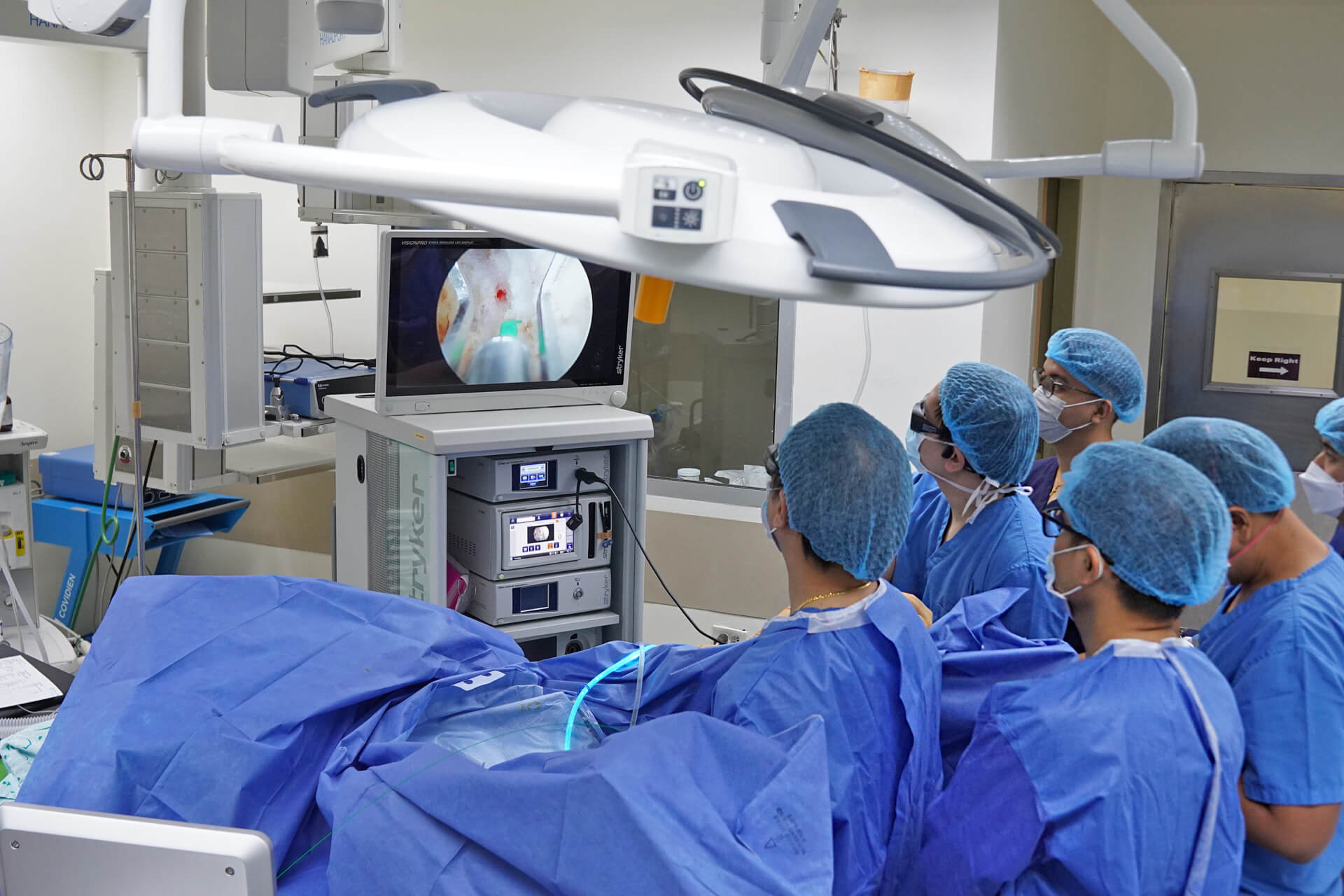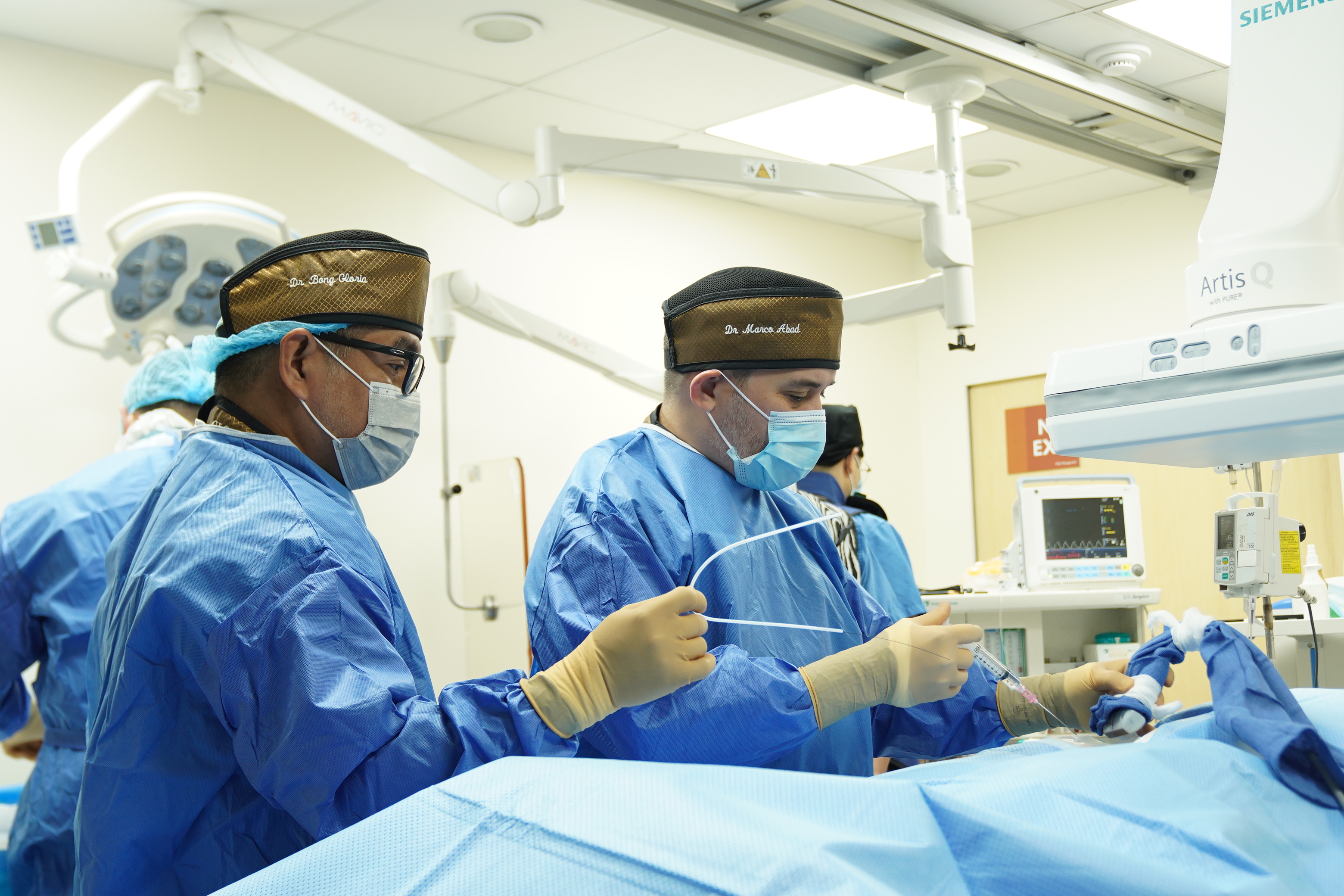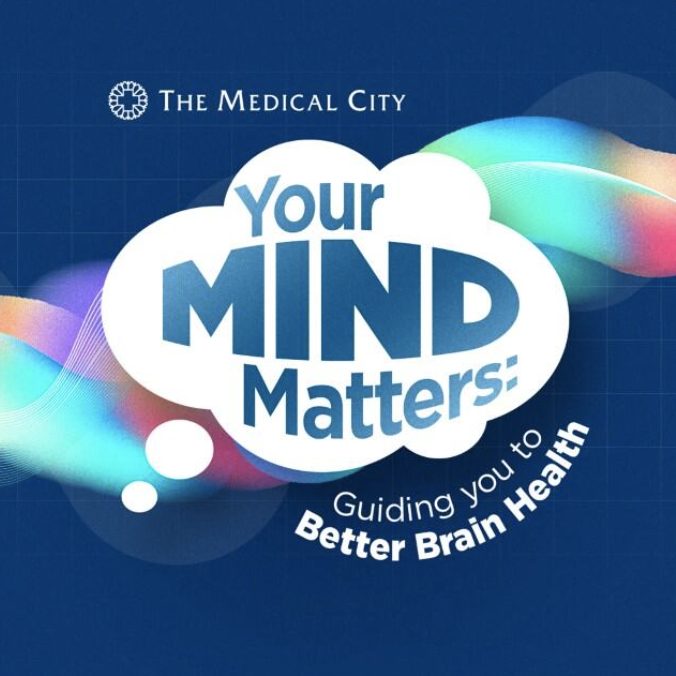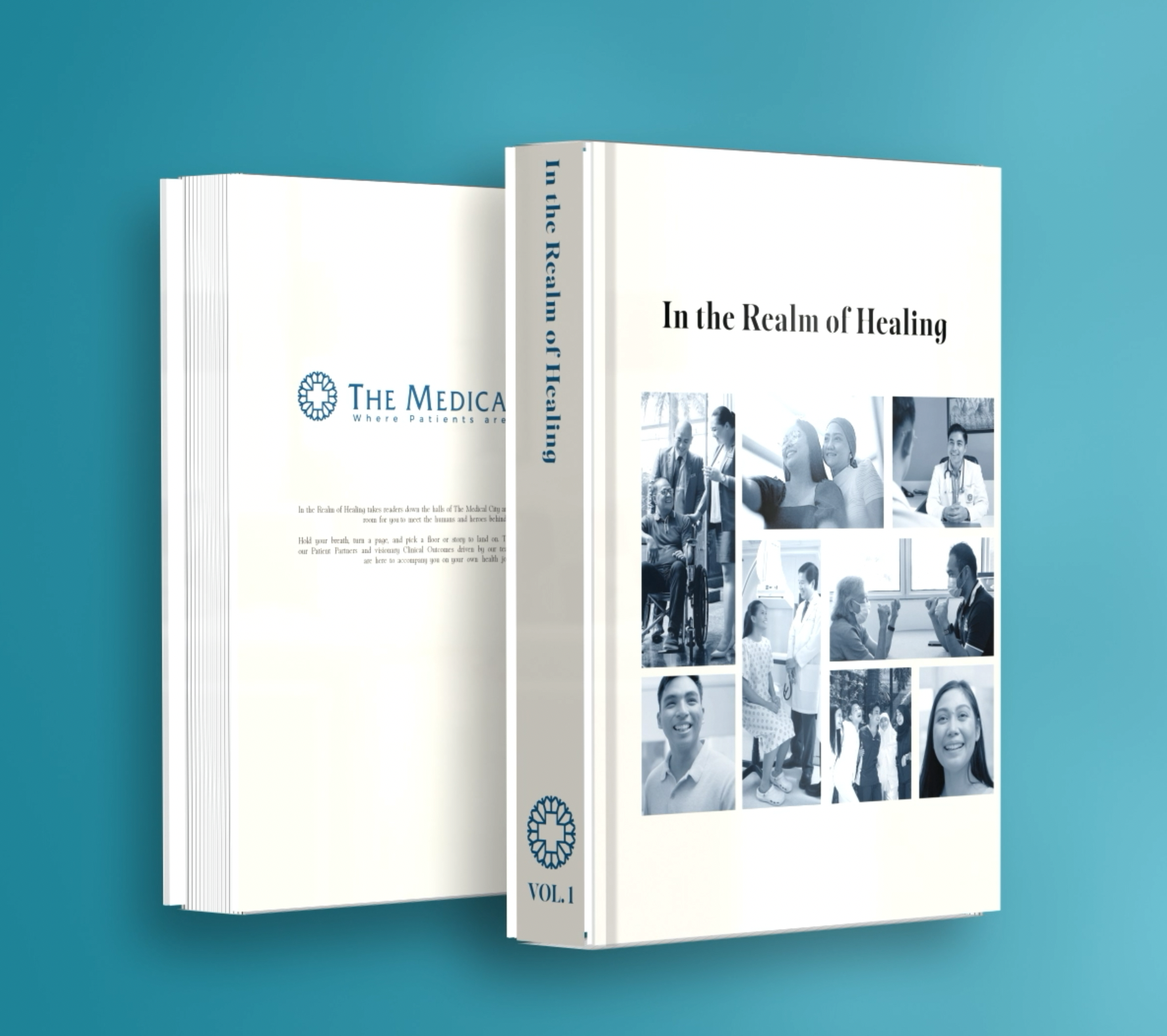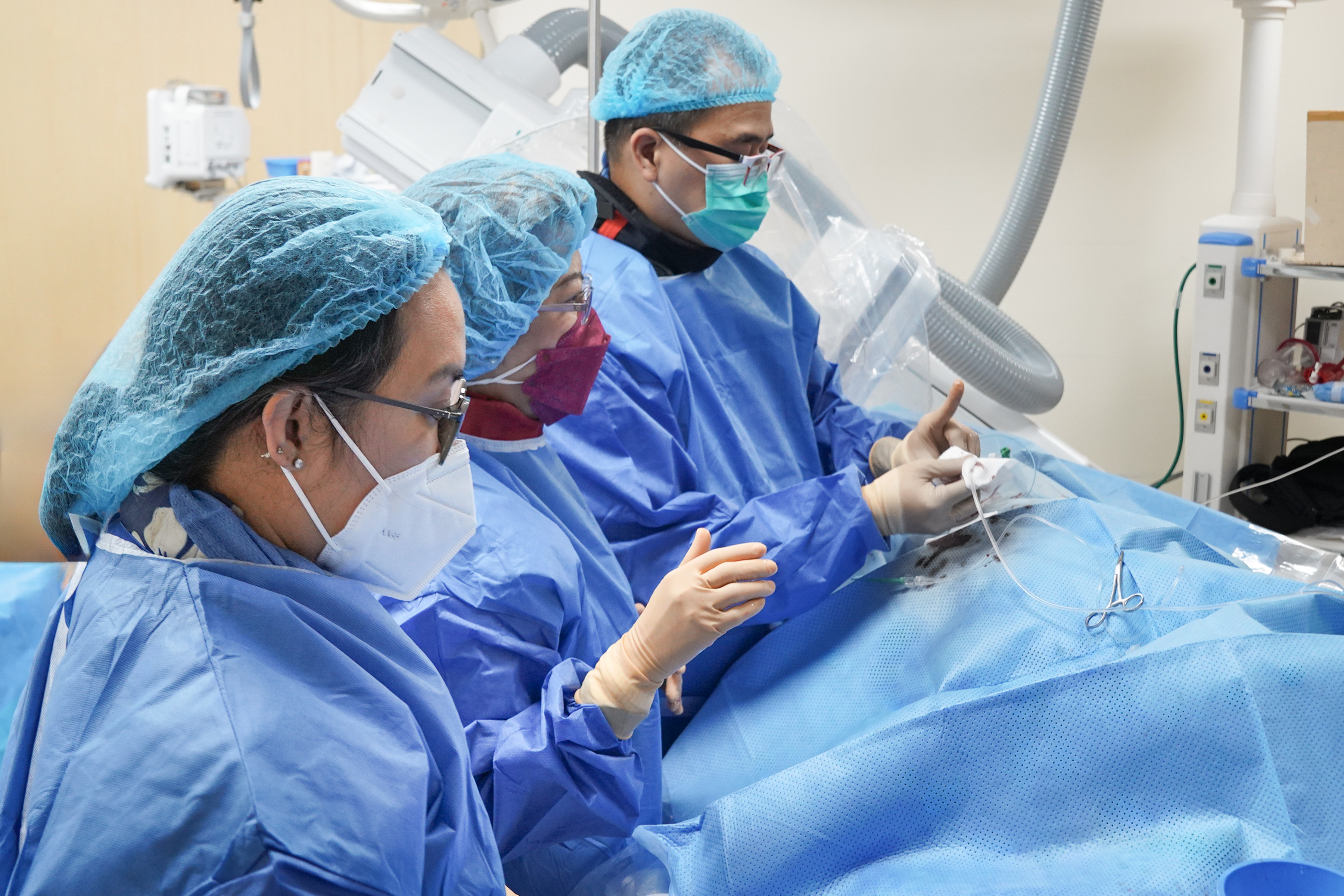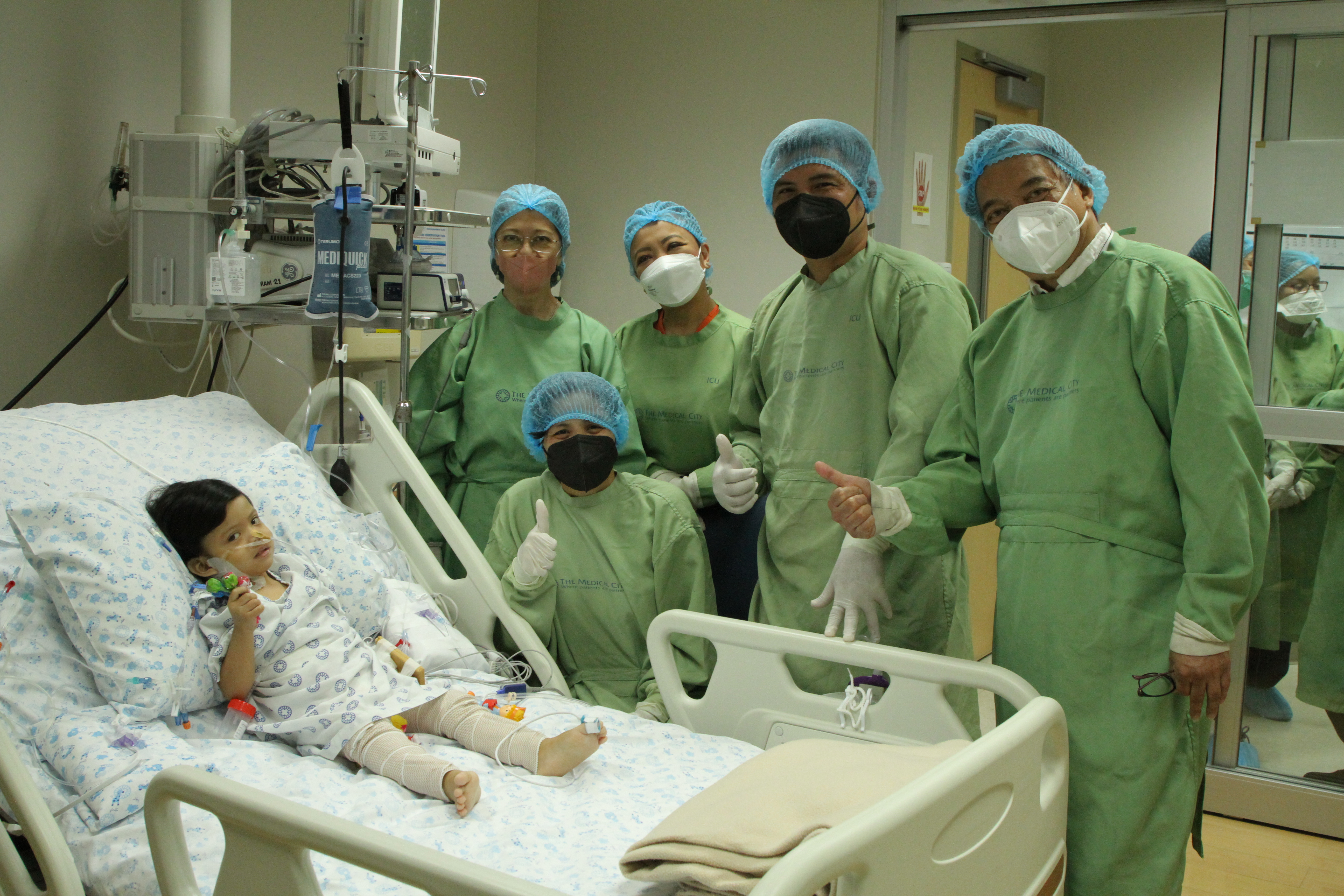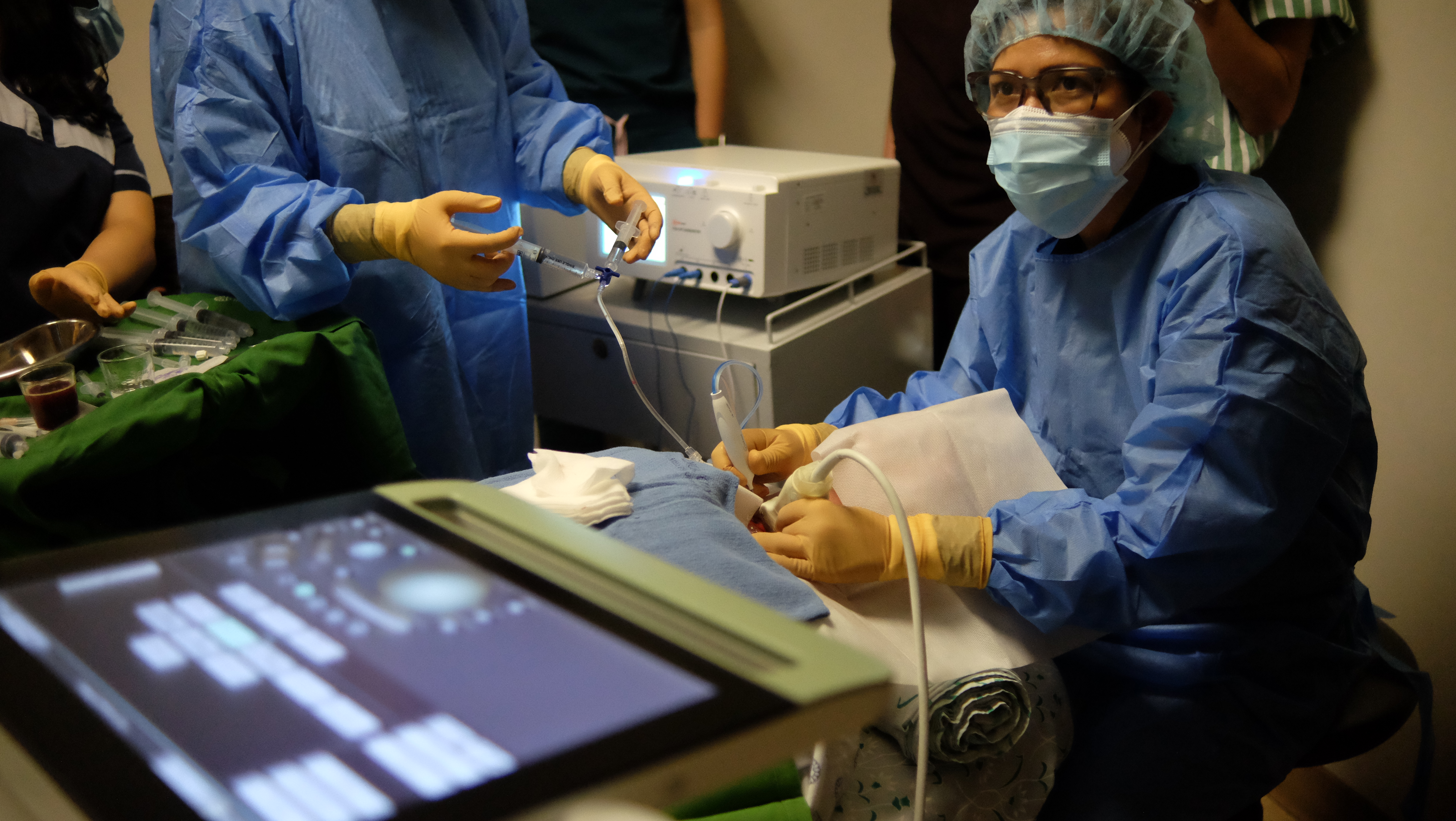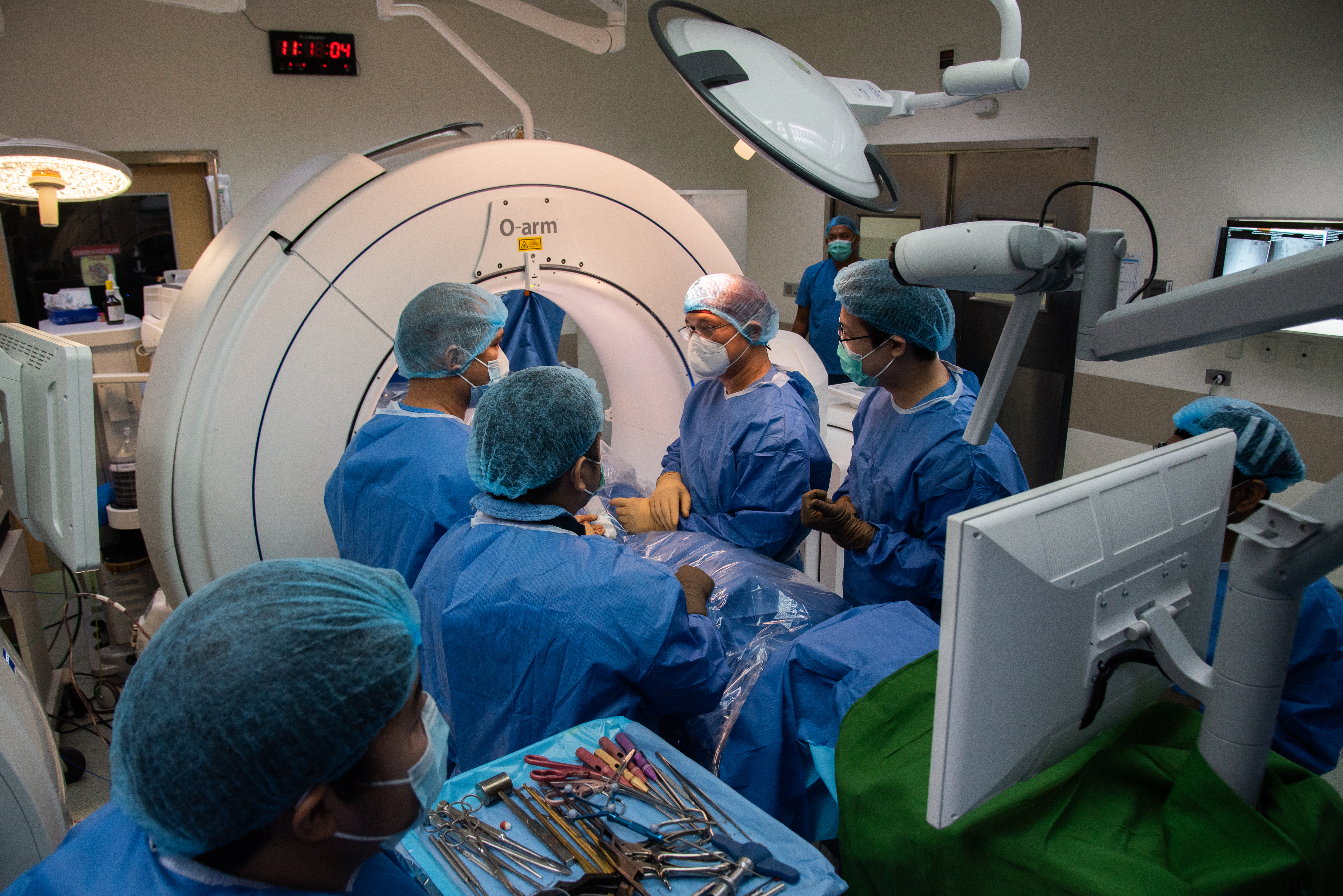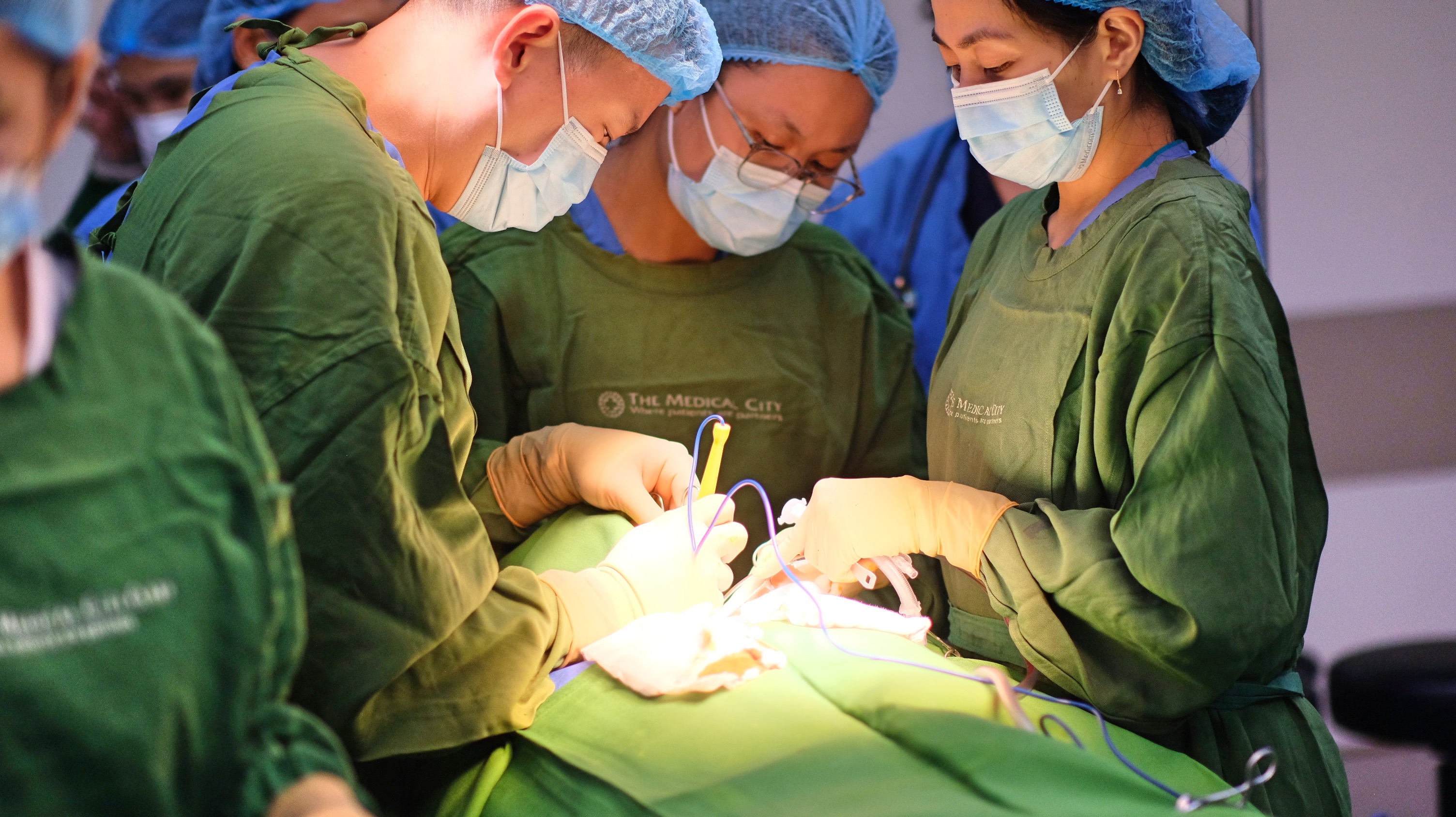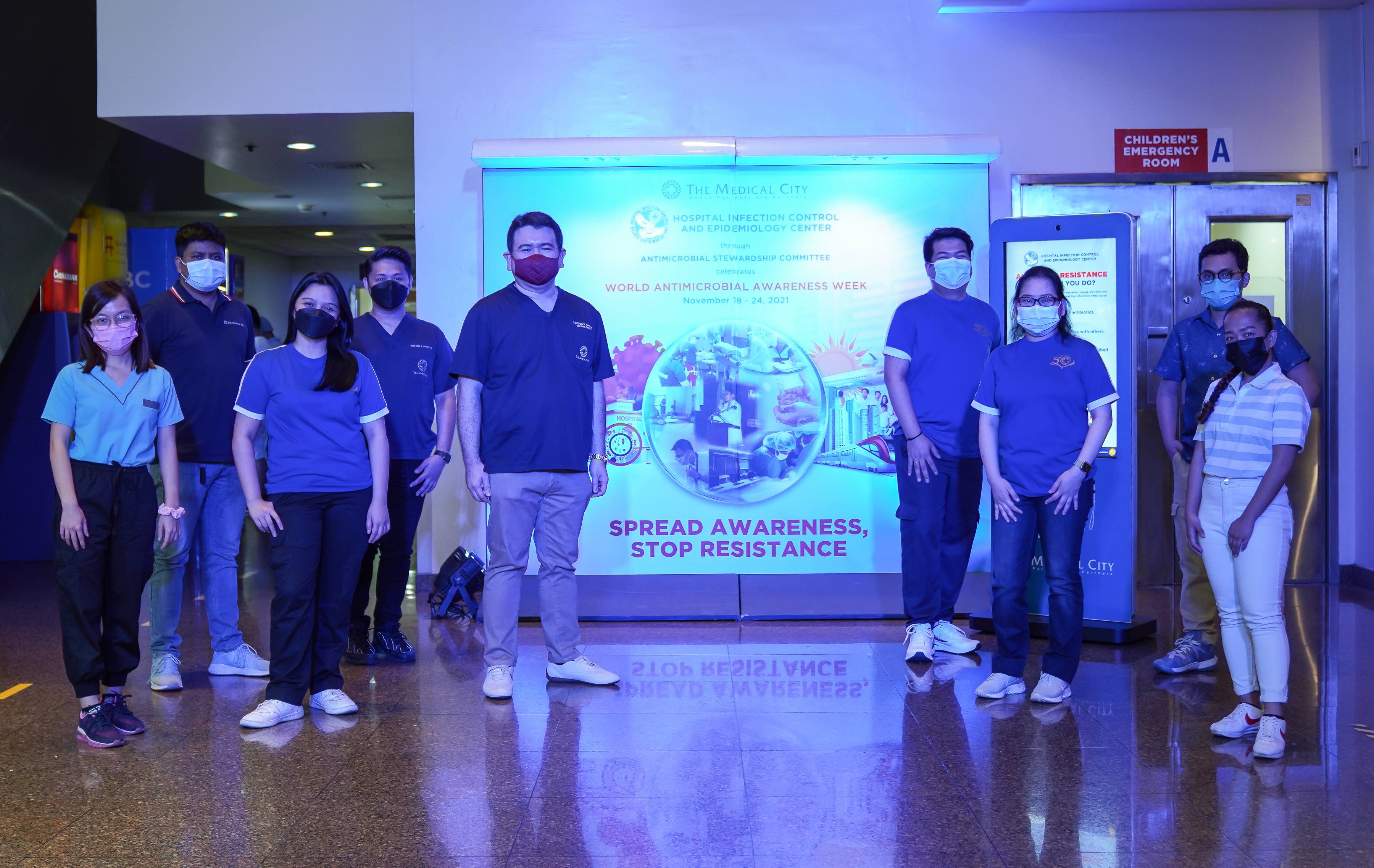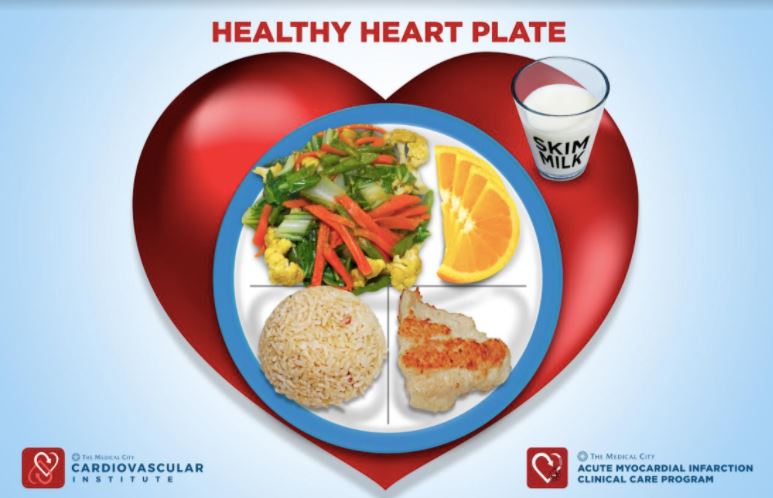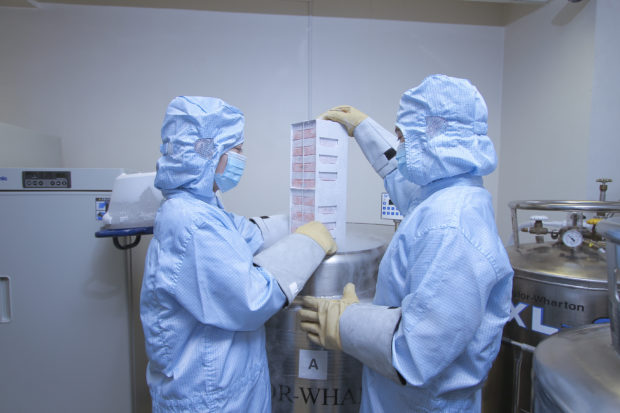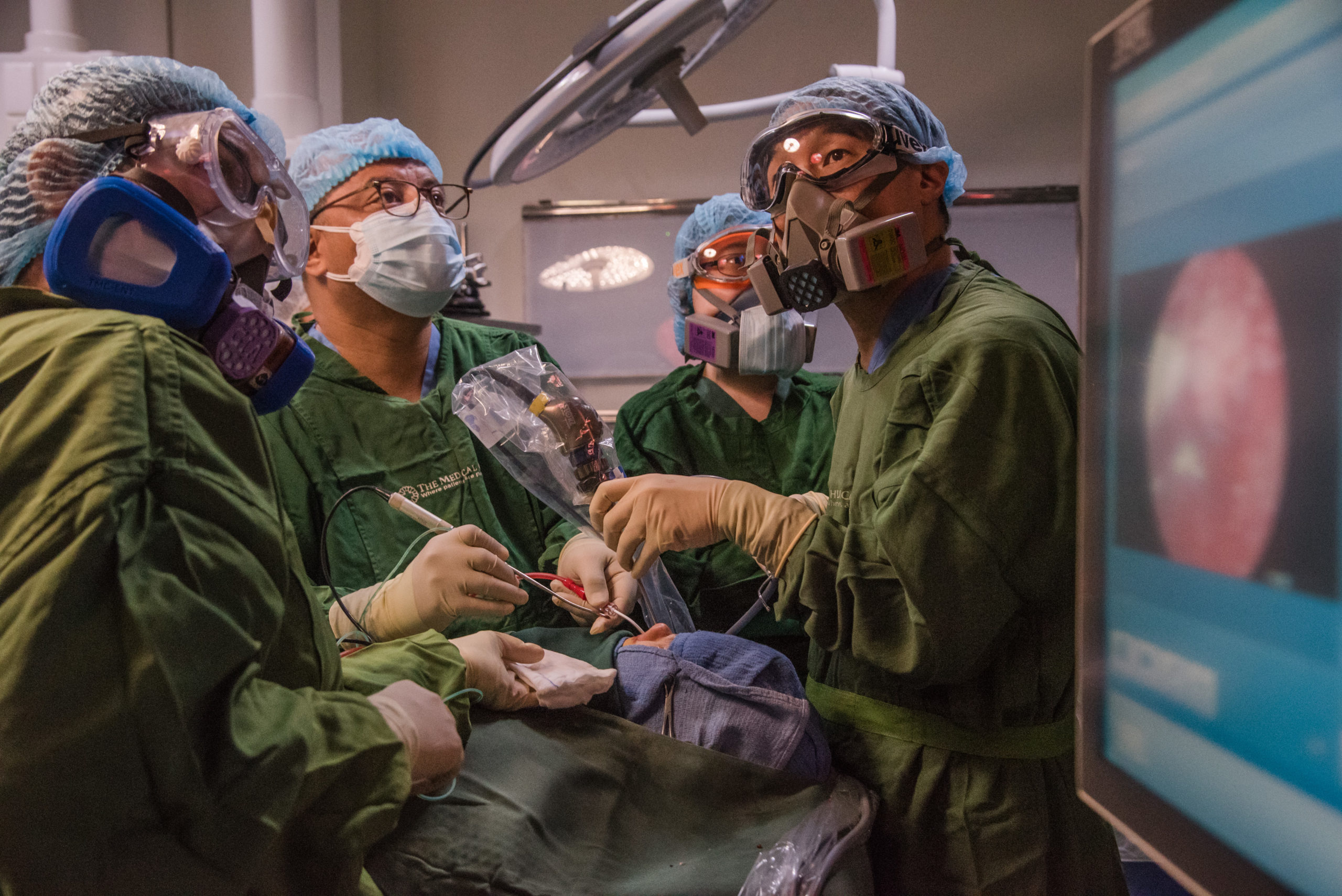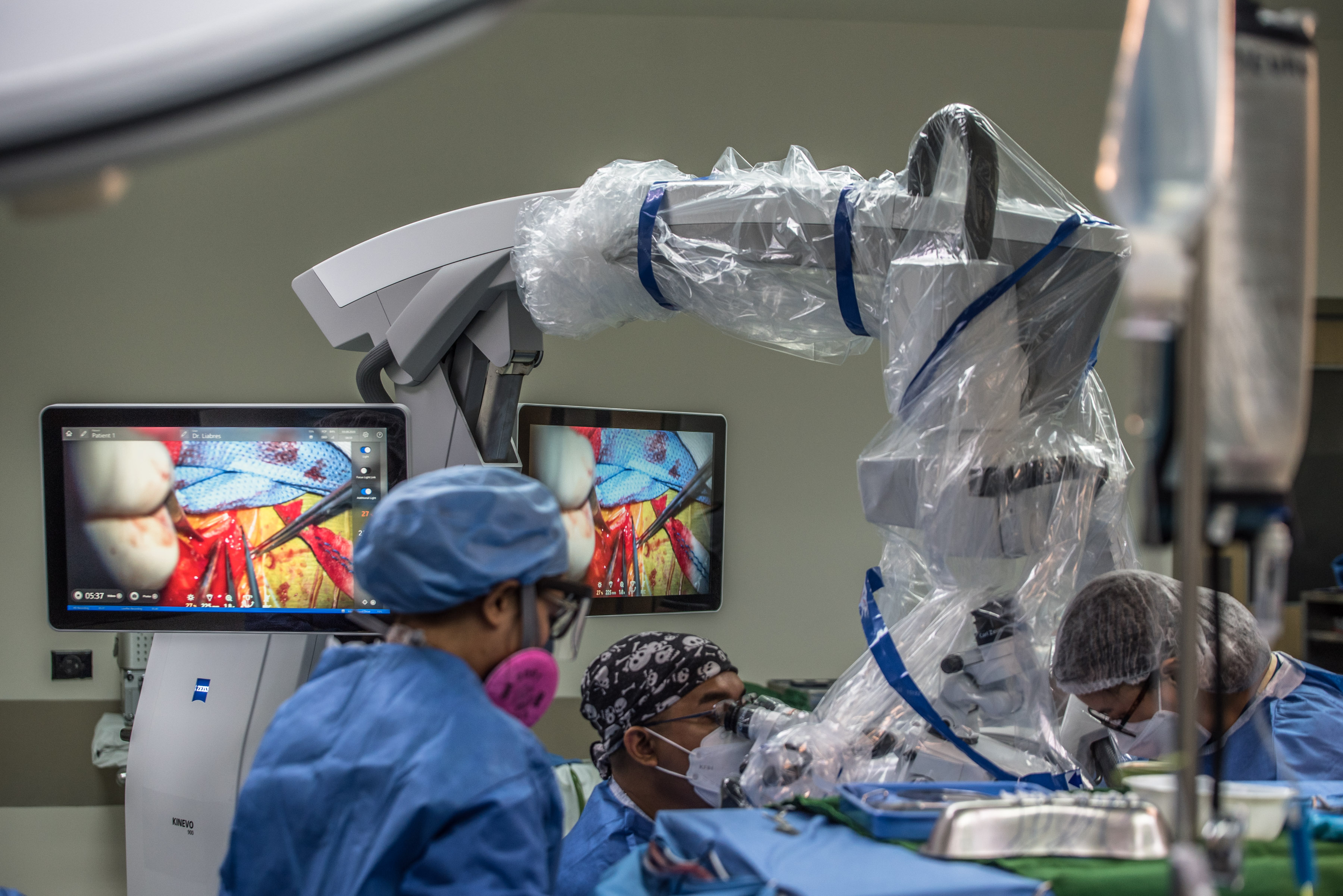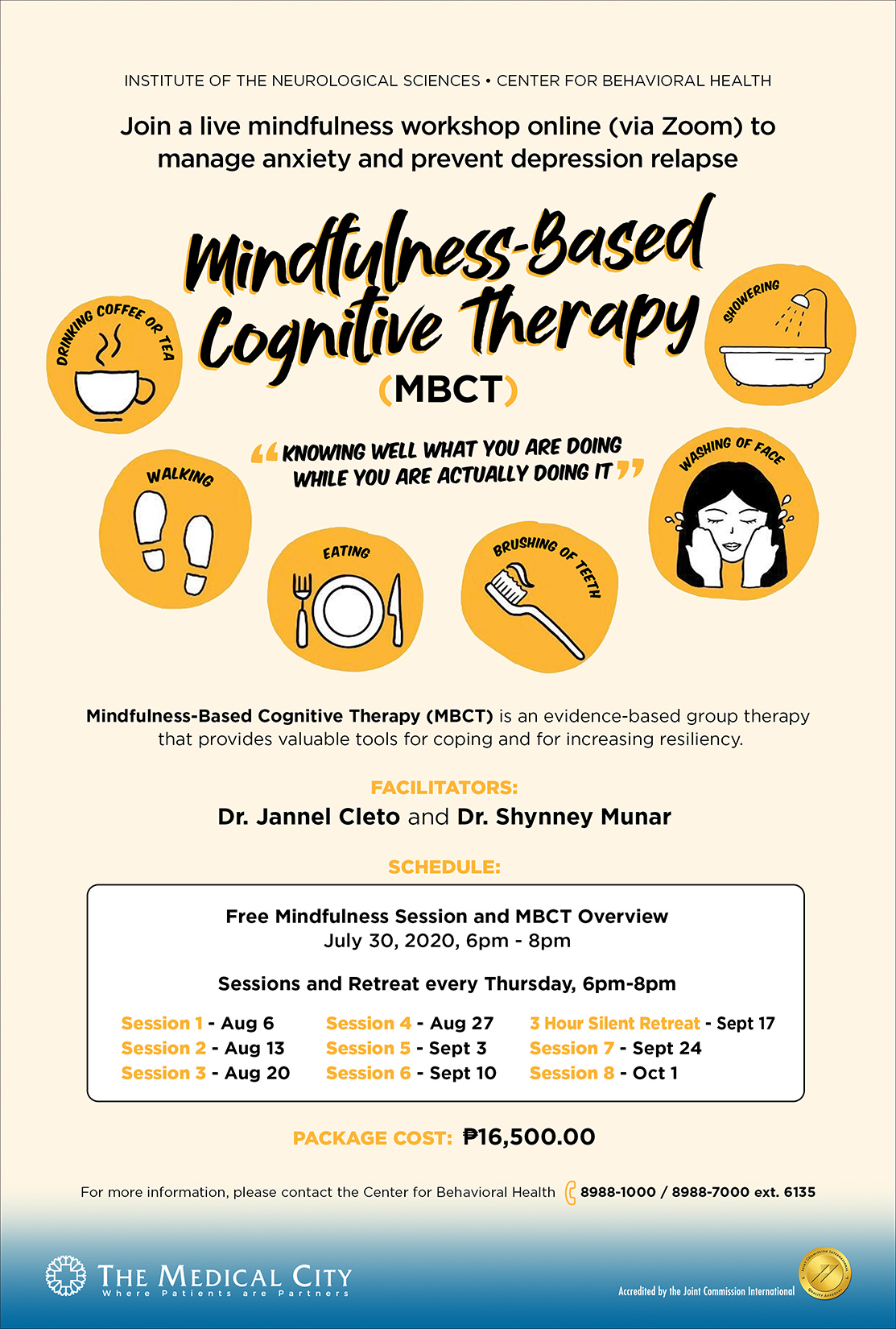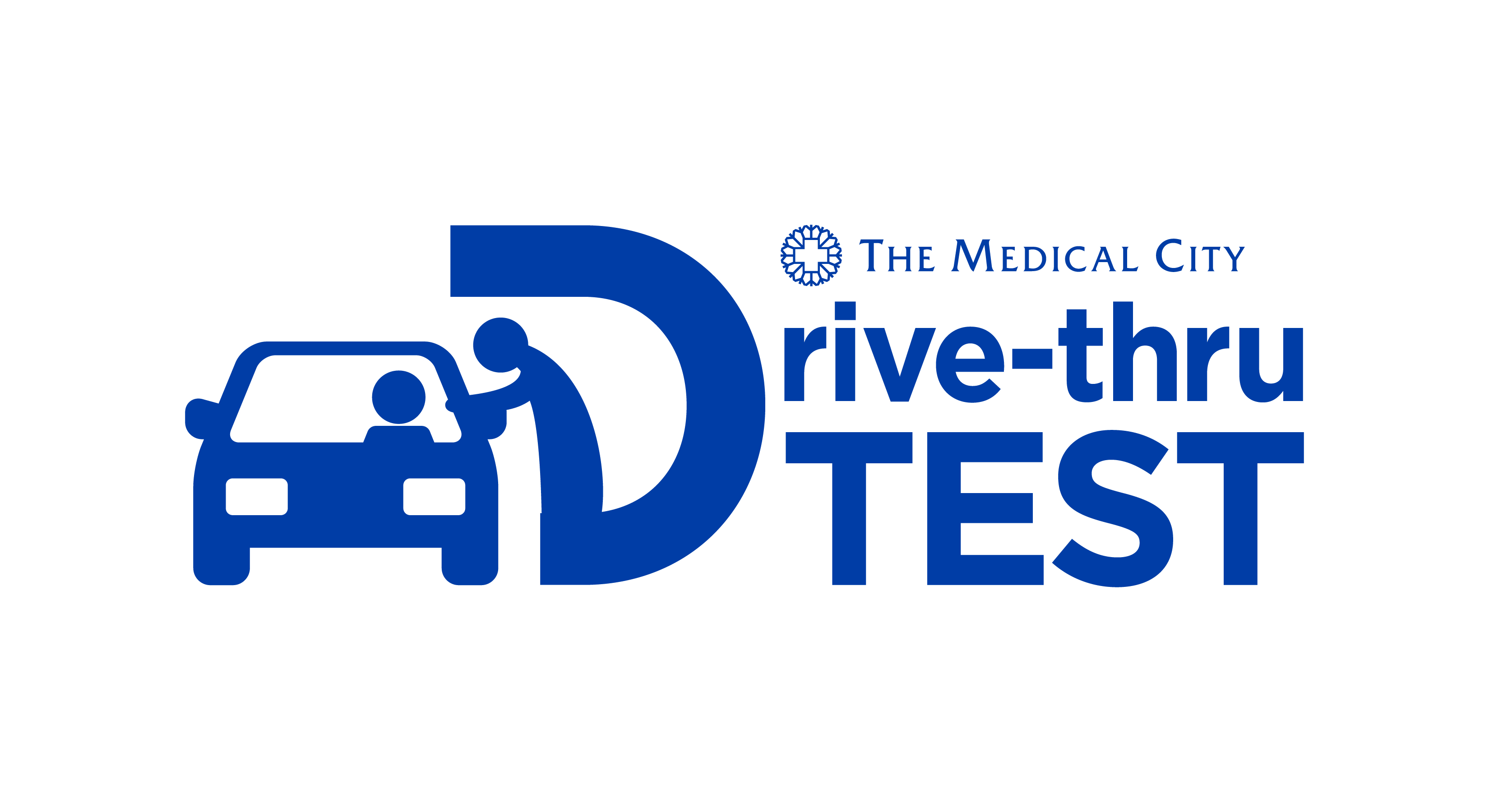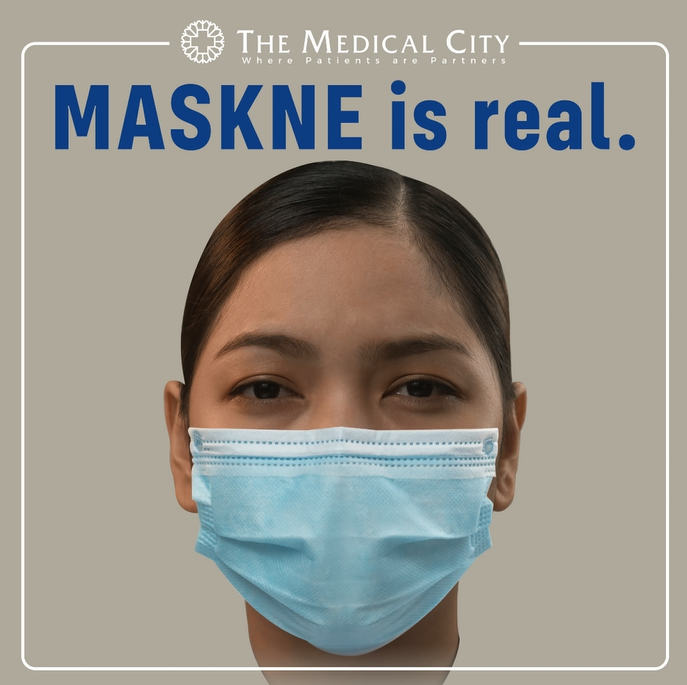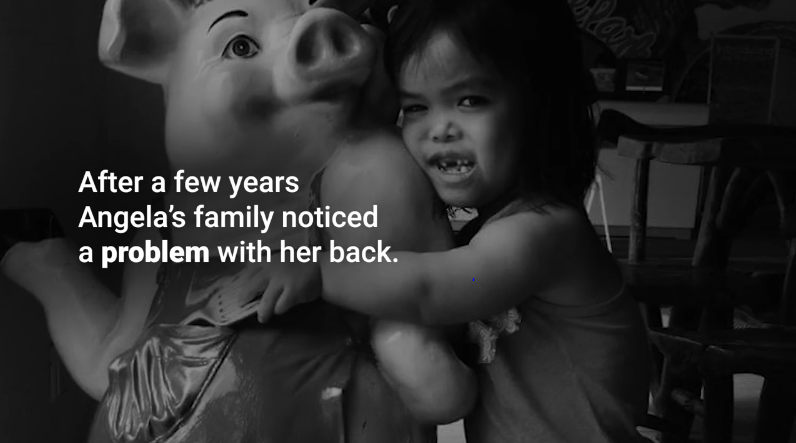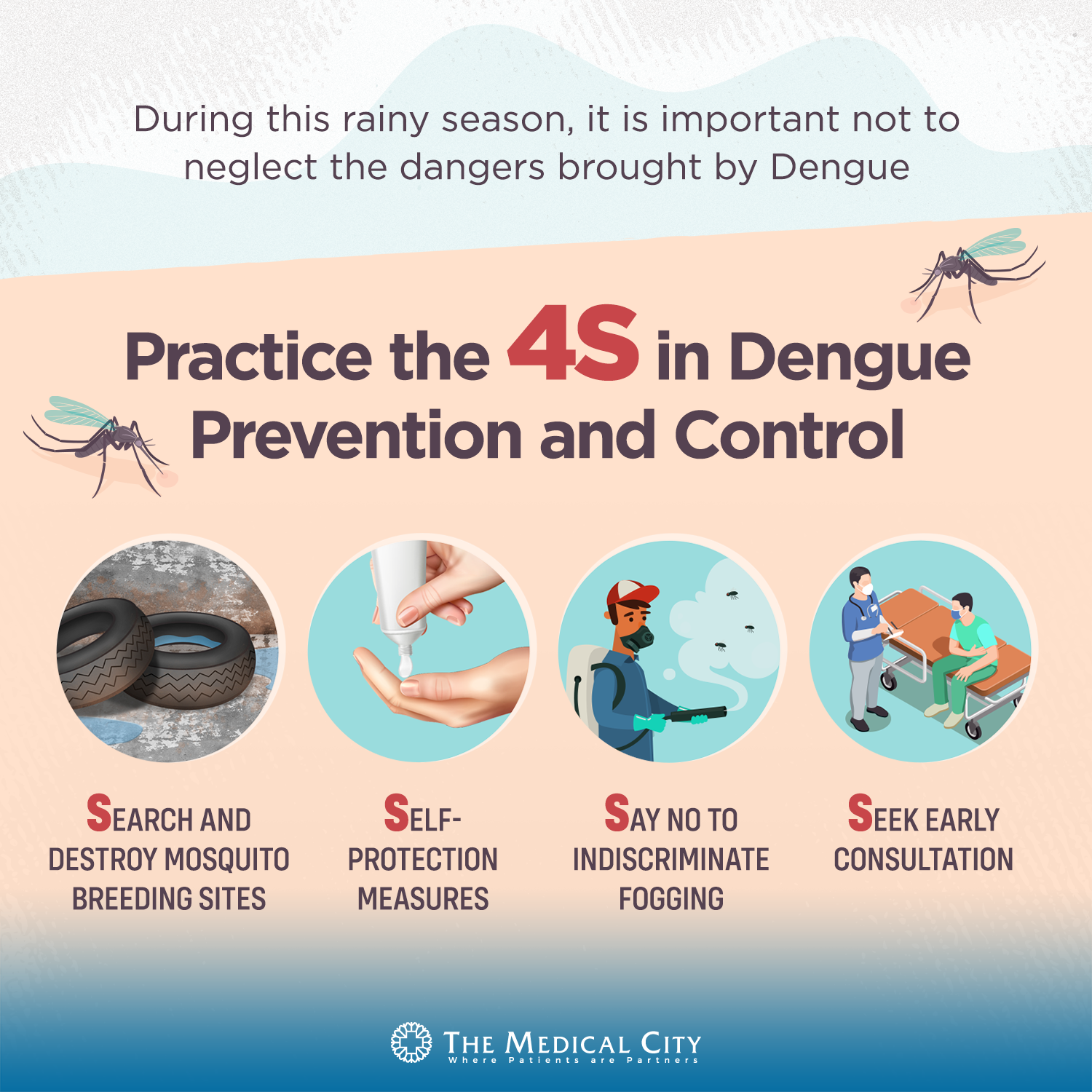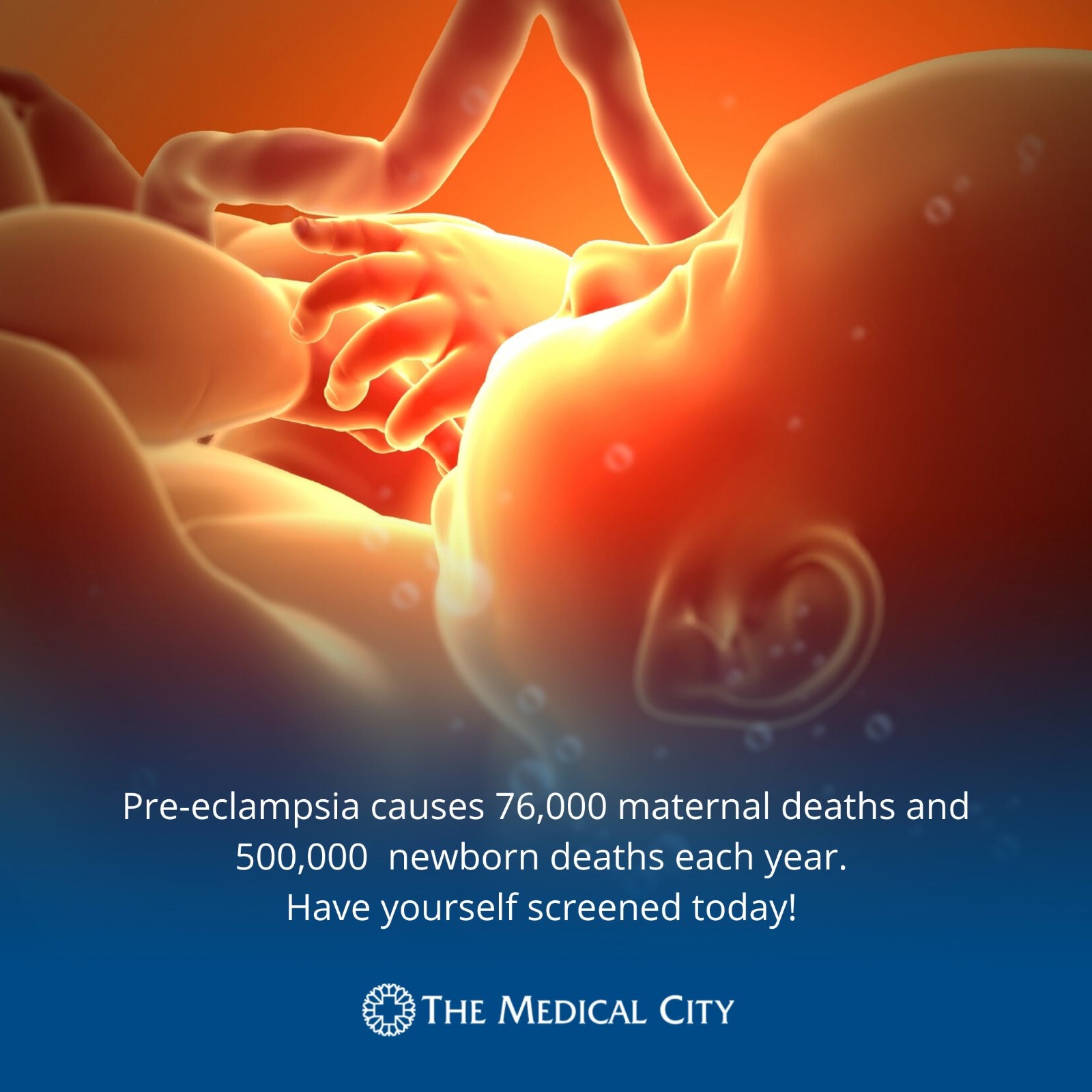COVID-19 Online Screening Tool: Answer on your smartphones or computers within 24 hours prior to your visit to The Medical City.
When to Bring Your Child to the Emergency Room
By The Medical City (TMC), Ortigas | May 06, 2025
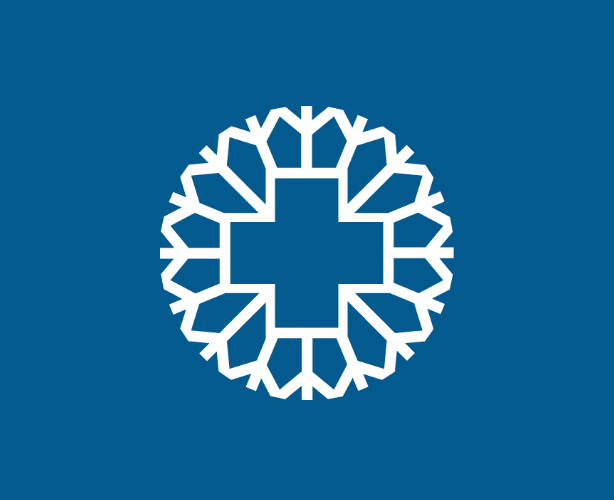
Know when to seek emergency care for your child with this essential guide to serious symptoms every parent should watch out for.
As a parent, nothing is more unsettling than seeing your child sick, in pain, or acting unusually. But how do you know when it’s time to rush to the emergency room? While minor illnesses can often be managed at home or through a pediatric consult, certain symptoms may require urgent medical attention.
A high fever is one of the most common concerns. If your child is younger than three months and develops a fever of 38°C (100.4°F) or higher, it’s important to seek medical help immediately. In very young infants, even a mild fever could indicate a serious infection. For older babies and children, a fever that doesn’t improve with medicine or lasts more than three days should also be evaluated by a doctor.
Breathing difficulties are another major red flag. If your child is breathing rapidly, shallowly, or appears to be struggling with each breath, don’t wait. Sounds like wheezing or grunting, or visible signs such as the chest pulling in with each breath (called retractions), may point to a respiratory emergency that requires immediate care.
Severe or worsening pain—whether in the head, stomach, or limbs—should not be ignored. If your child is clearly in pain and it interferes with their normal activities like eating, sleeping, or playing, it’s time to visit the ER. Pain that does not go away with usual remedies may be a sign of something more serious.
Changes in responsiveness or behavior, such as if your child becomes unusually drowsy, hard to wake, confused, or experiences a seizure, are signs that something may be wrong neurologically. In these cases, it’s crucial to bring them to the hospital as soon as possible.
Severe dehydration is also a concern, especially if your child has been sick. If they cry without tears, haven’t had a wet diaper in six to eight hours, or if their eyes appear sunken and their mouth feels dry, they may need intravenous fluids and medical evaluation.
When it comes to injuries, don’t wait for things to worsen. Head trauma, suspected fractures, deep cuts, or any injury that causes significant bleeding must be treated immediately. Waiting it out might cause complications or delay critical care.
Allergic reactions can also escalate quickly. If your child suddenly has swelling in the face, lips, or tongue, or begins to have difficulty breathing after exposure to a known allergen like certain foods, medications, or insect bites, bring them to the ER right away. These are signs of a possible anaphylactic reaction, which can be life-threatening without prompt treatment.
Persistent vomiting or diarrhea—especially when paired with fever or lethargy—can lead to dehydration in children much faster than in adults. If your child can’t keep fluids down or is becoming weak and inactive, don’t wait too long to have them seen.
Rashes may not always be serious, but when accompanied by fever or symptoms like difficulty breathing or unusual drowsiness, they could signal something more serious. A rapidly spreading rash or one that causes your child significant discomfort should be checked immediately.
Finally, remember this: trust your instincts. You know your child best. If something feels wrong, even if you’re not sure what it is, it’s always safer to have them evaluated. When it comes to your child’s health, it’s better to act early than to regret waiting too long.
Related News SEE ALL NEWS

Health
The Gift of a Second Life

Health #MyTMCExperience Press Room
She Thought It Was Just Heartburn—It Was Actually a Heart Attack
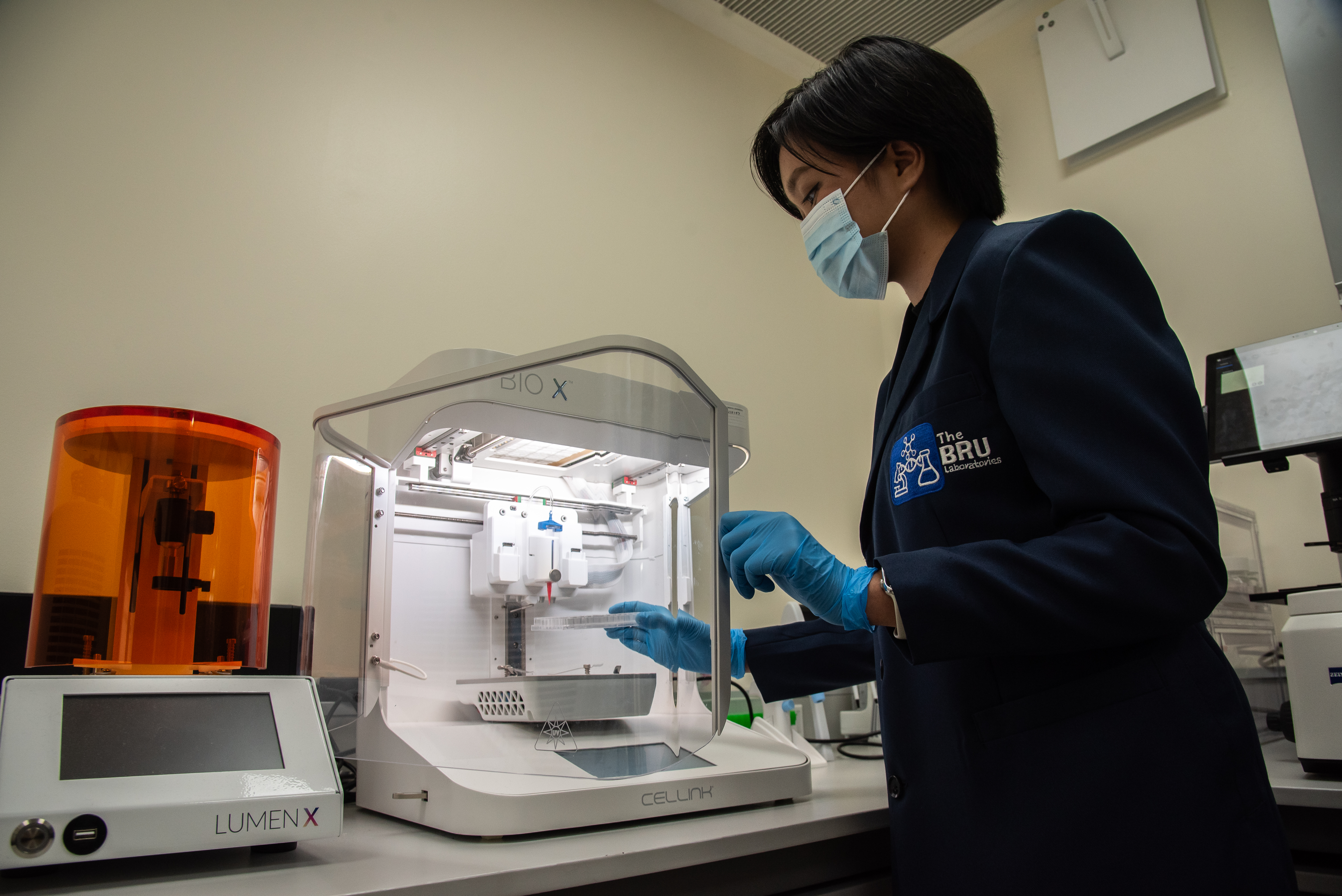
Health Research
Tissue Engineering for a Future without Organ Shortages
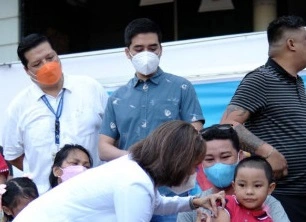
Health Press Room
Chikiting Ligtas: Addressing the Gap in Immunization Coverage

Health Corporate
Notice to the Shareholders of Professional Services Inc. (PSI)

Health Corporate
Notice to the Shareholders of Professional Services Inc. (PSI)

Health Corporate
Notice to the Shareholders of Professional Services, Inc. (PSI)

Health #MyTMCExperience
Friendship goals: See the world better, TOGETHER

Health #MyTMCExperience
#MyTMCexperience: Rod Cruz

Health TeleHealth COVID-19
Back to Health, Back to the City

Health Corporate Advisories
Notice of Annual Meeting of Stockholders

Health Corporate
Pedalling through Safety

Health
Diabetes and COVID-19

Health
FAQs on Patient Portal

Health
2021 Holy Week Schedule

Health
How serious is fatty liver?

Health Desk of the President
Oxford Business Group: The Report 2021 - Addressing the Gaps

Health TeleHealth
Need an advice from an Orthopedic Specialist?

Health
Welcome 2021 in good health

Health
Change Your 2020 Vision

Health COVID-19
Convalescent Plasma Donation for COVID–19 Survivors
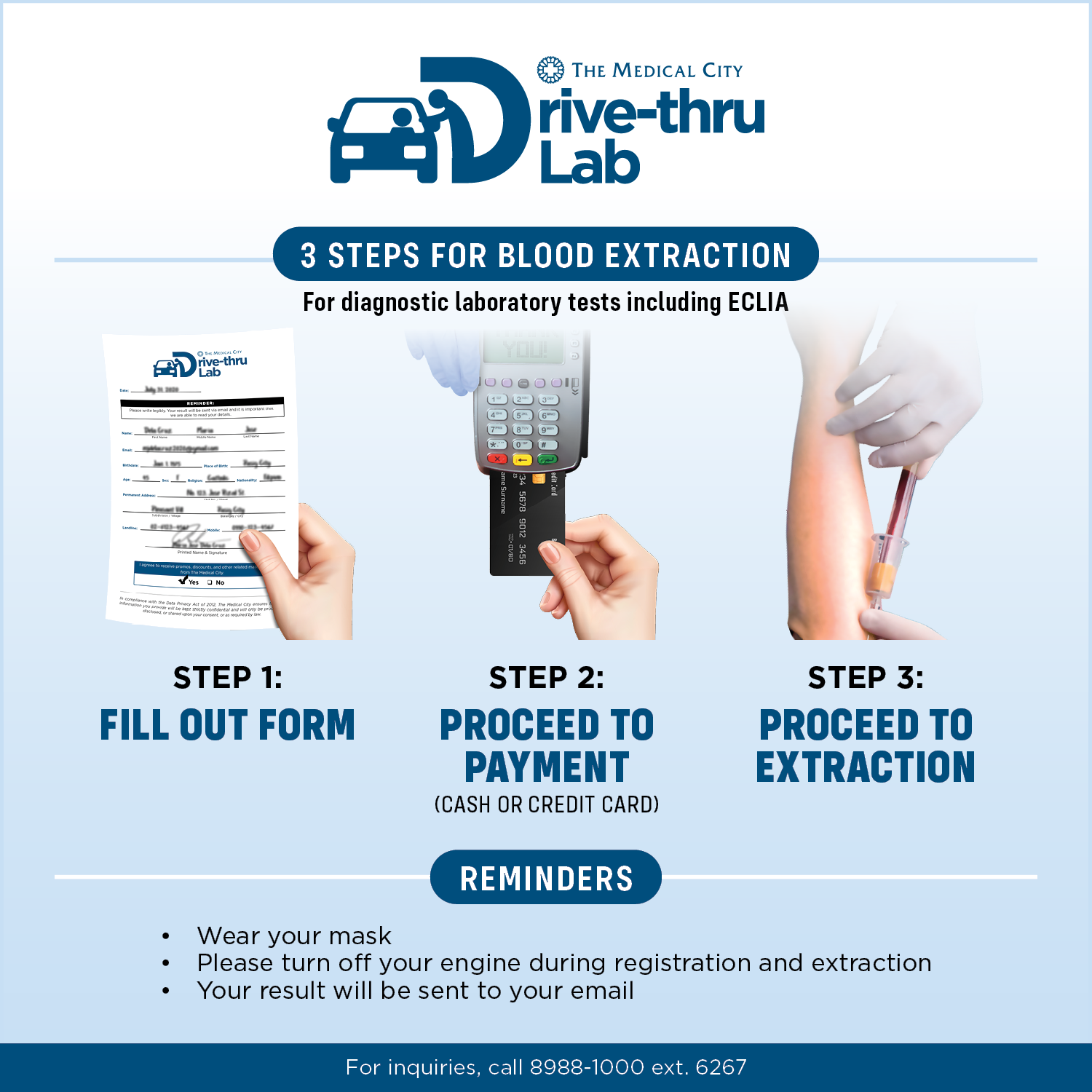
Health
FAQs on TMC Drive-thru Lab

Health
Be in and out in 90 minutes

Health
Schooling in the New Normal
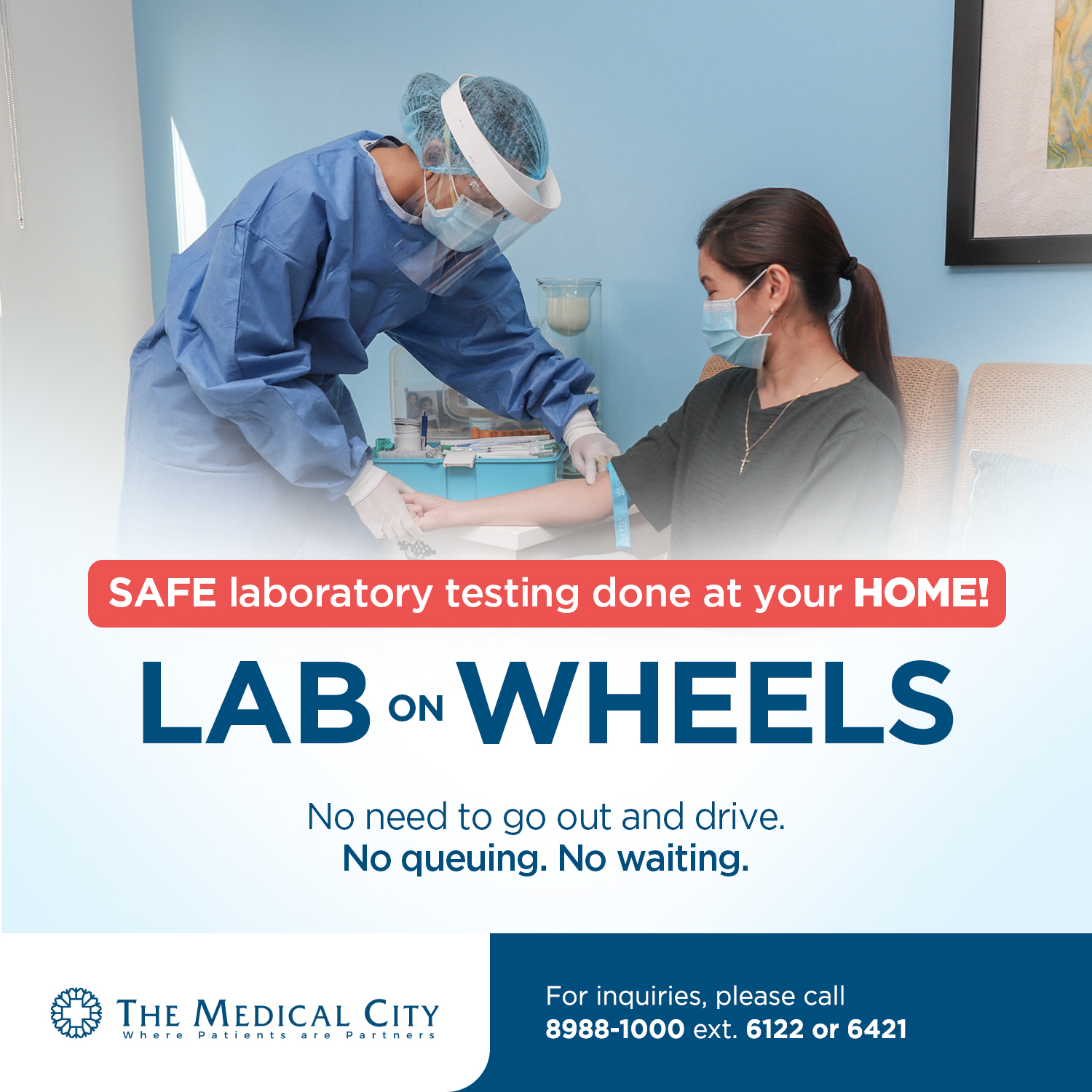
Health
TMC Lab on Wheels

Health
Autism

Health
Eye Health in Computer Work

Health
Speech Delay
Copyright © 2020 The Medical City. All rights reserved.





